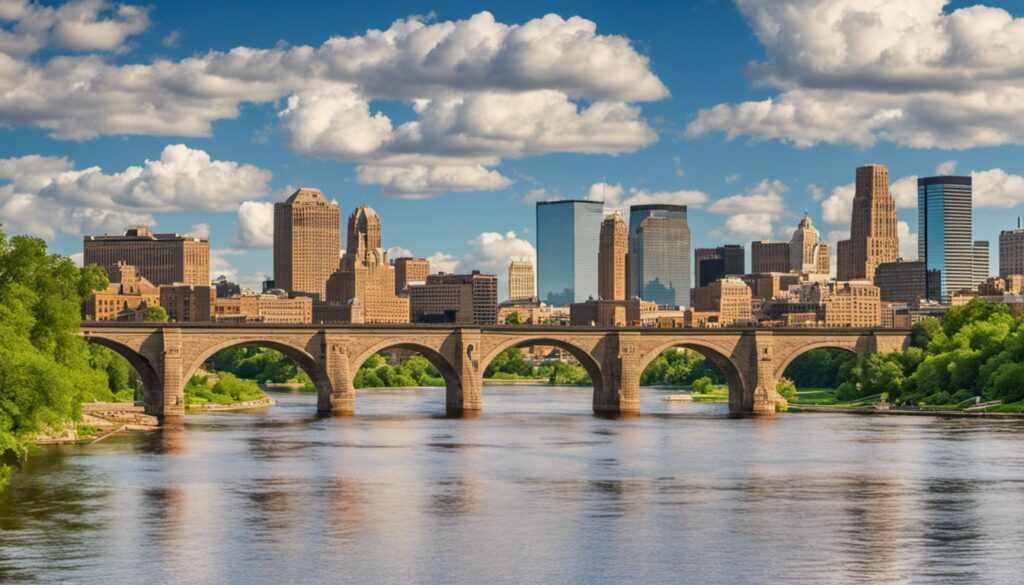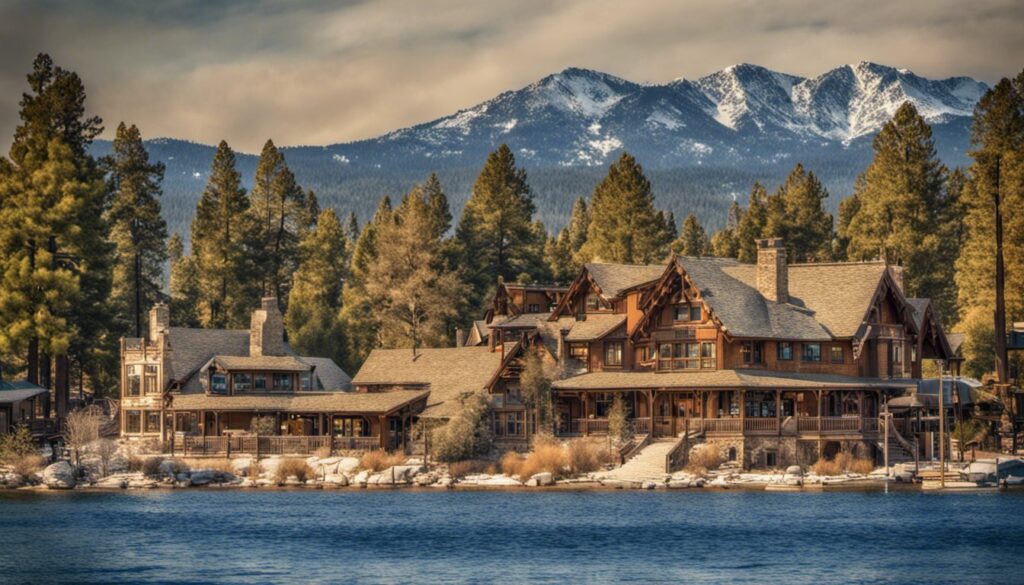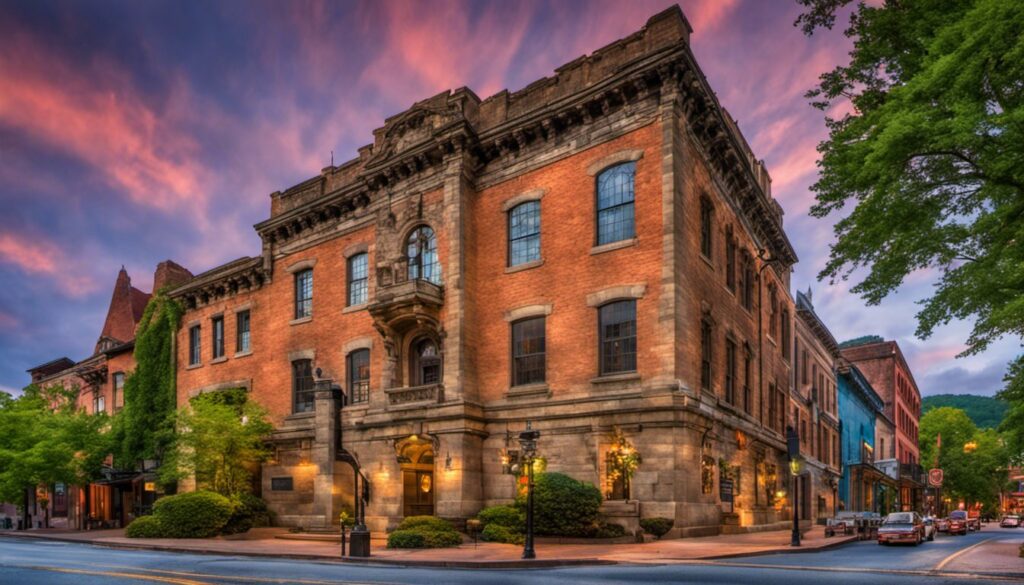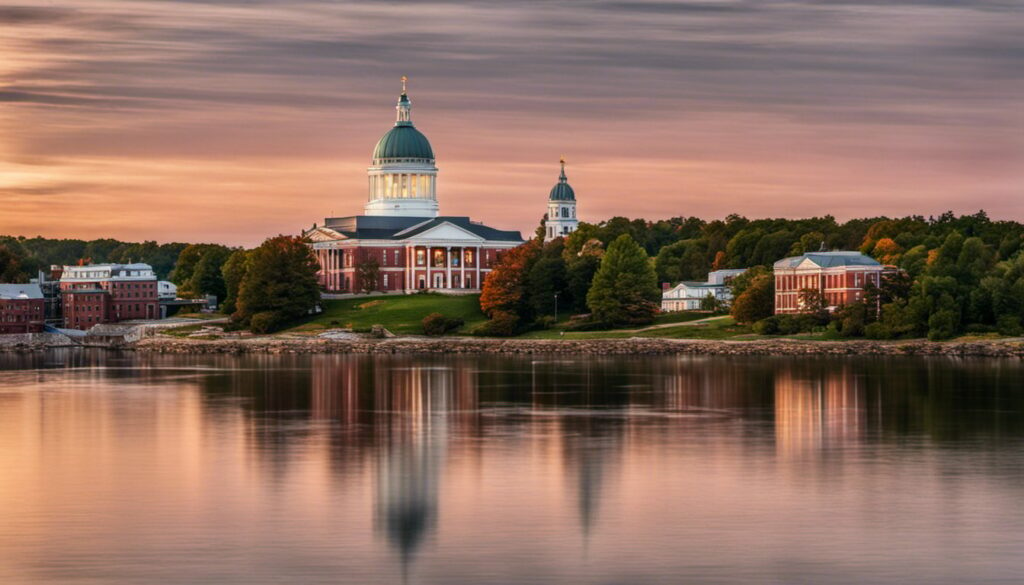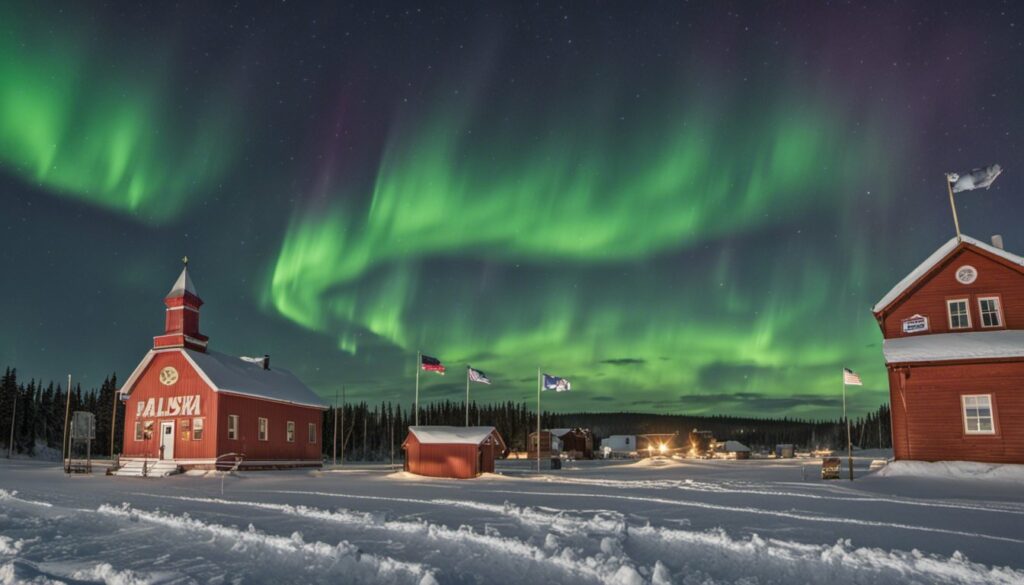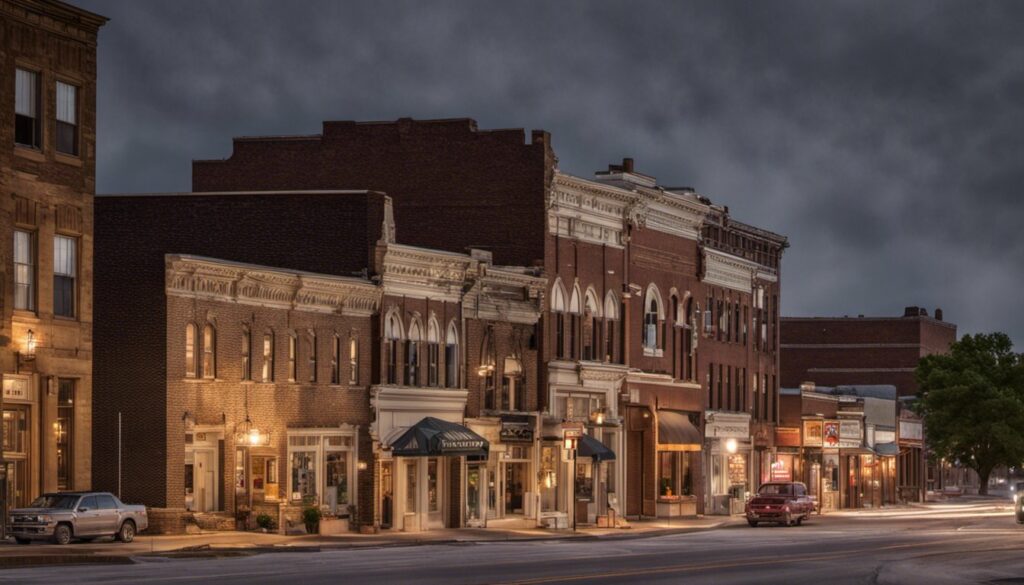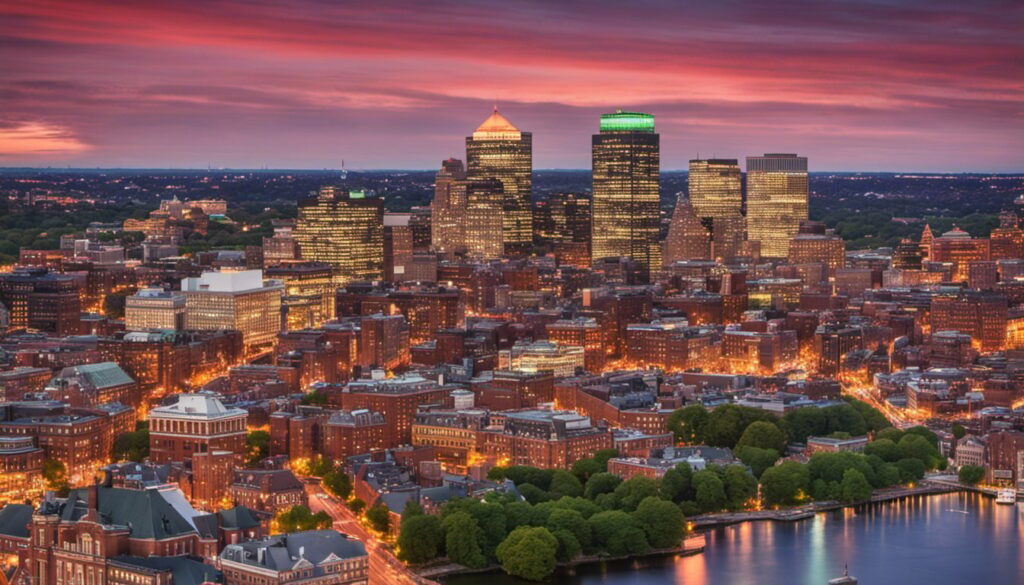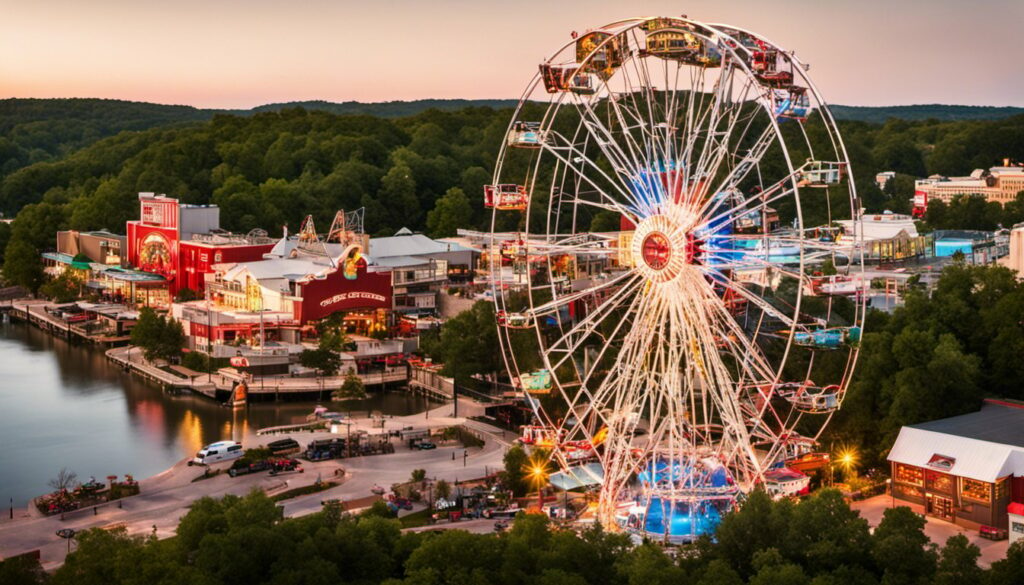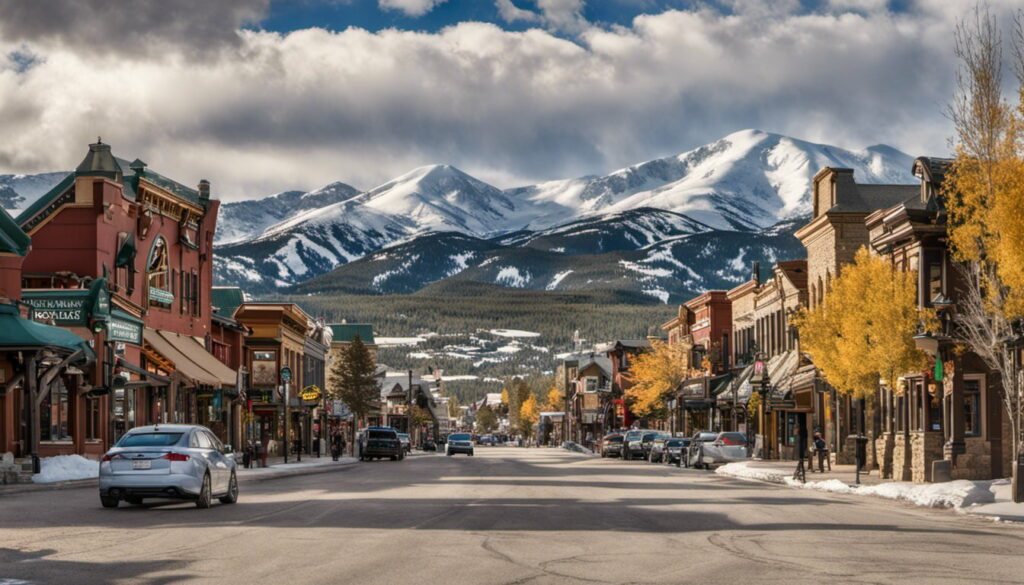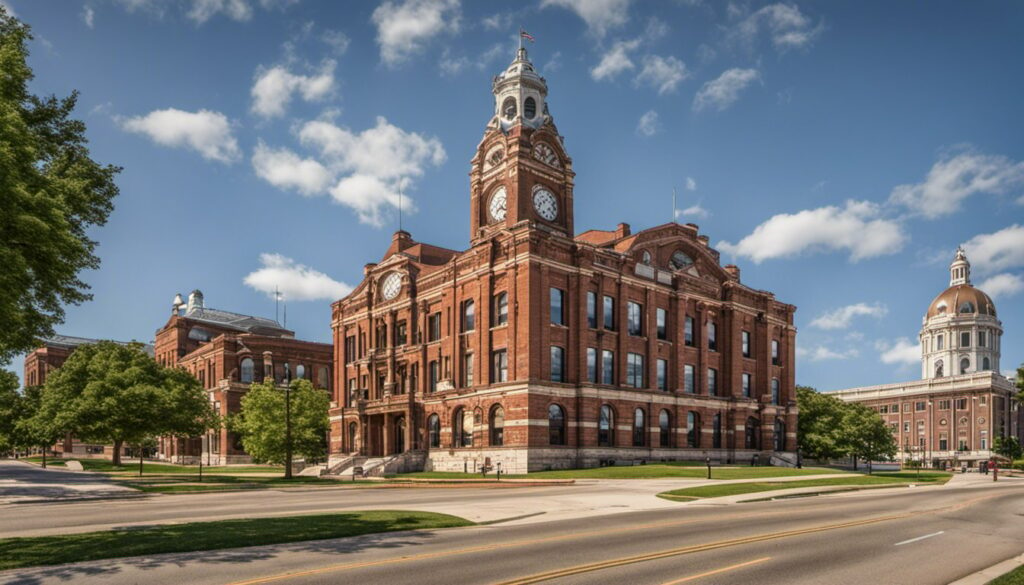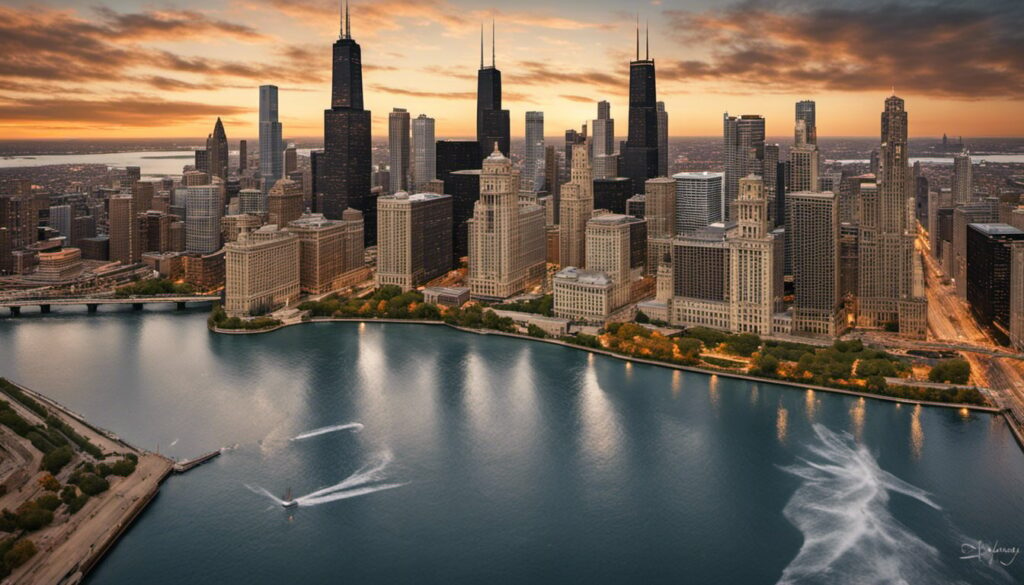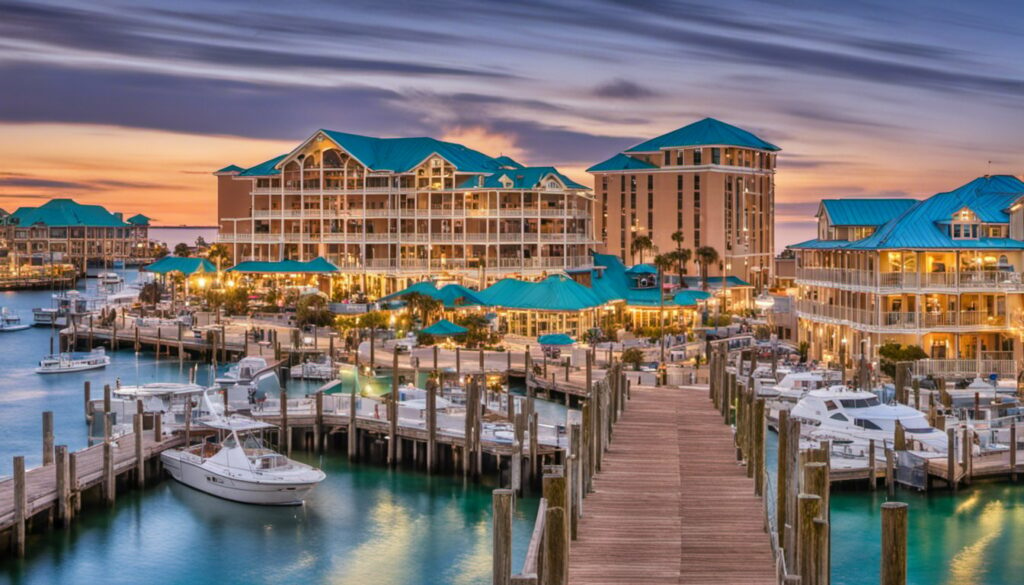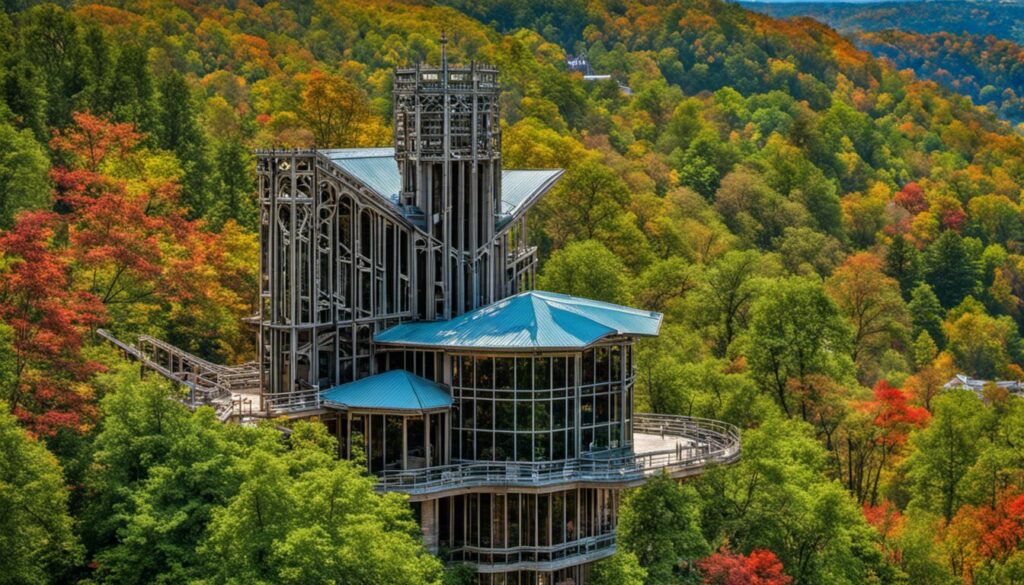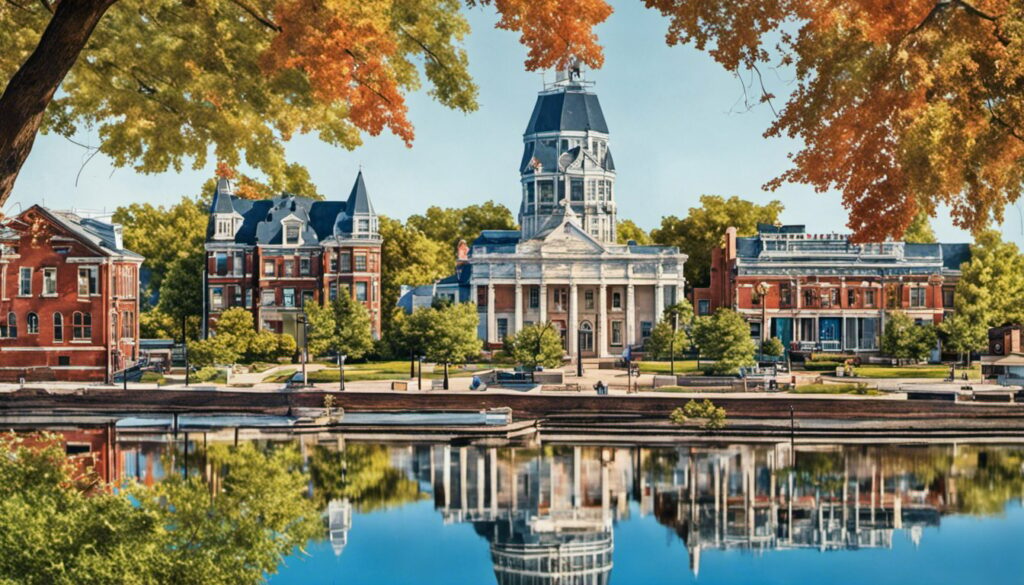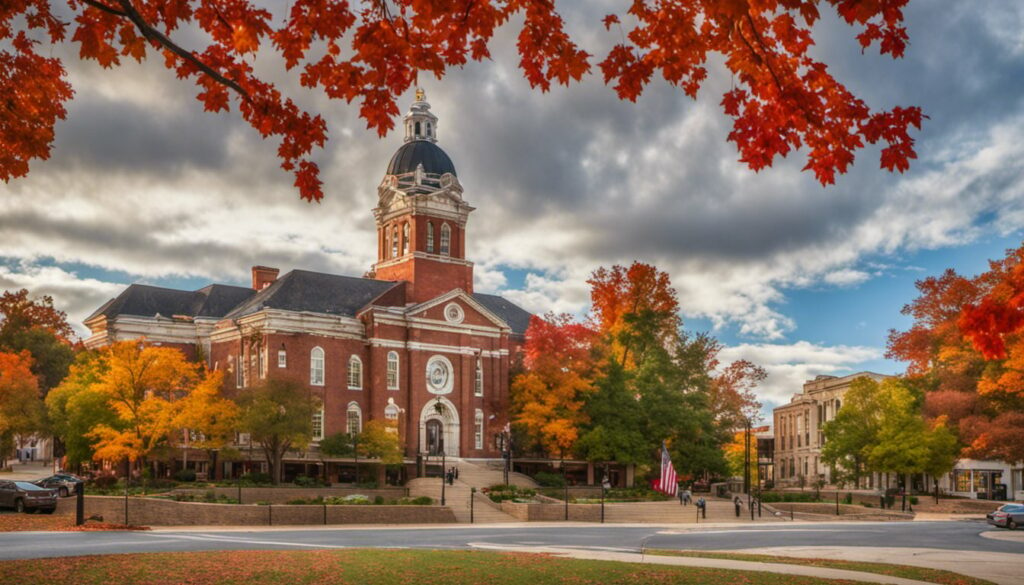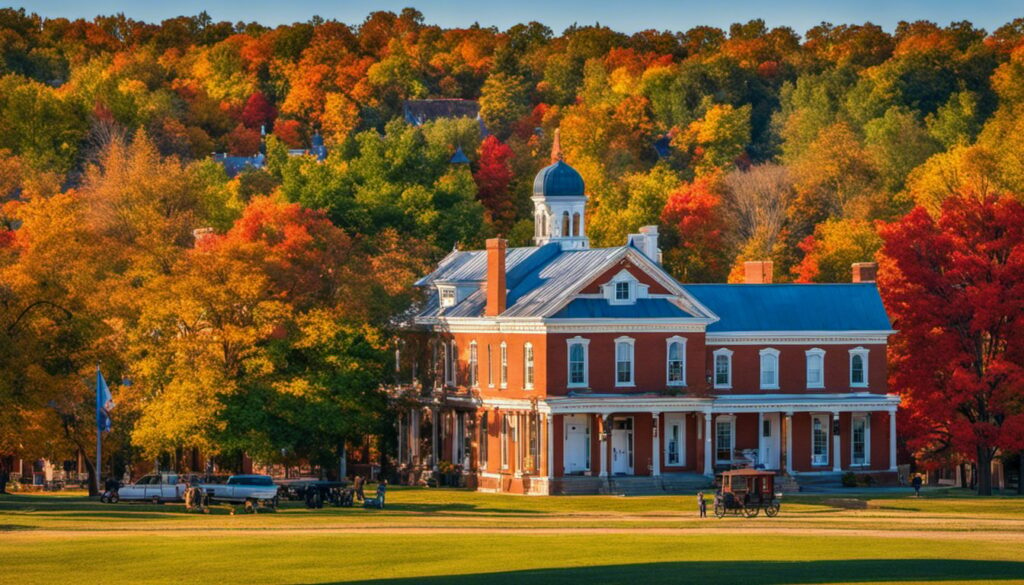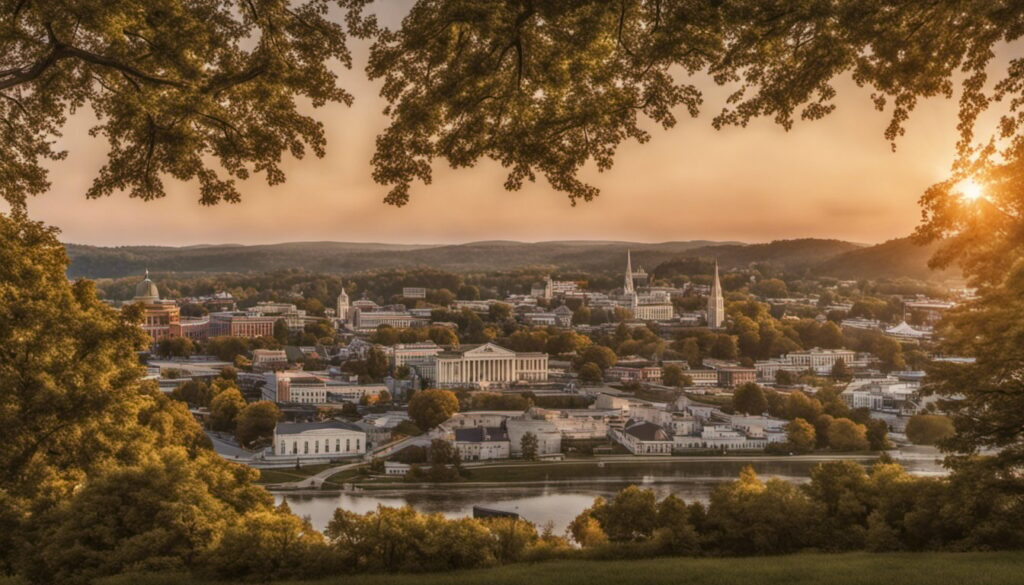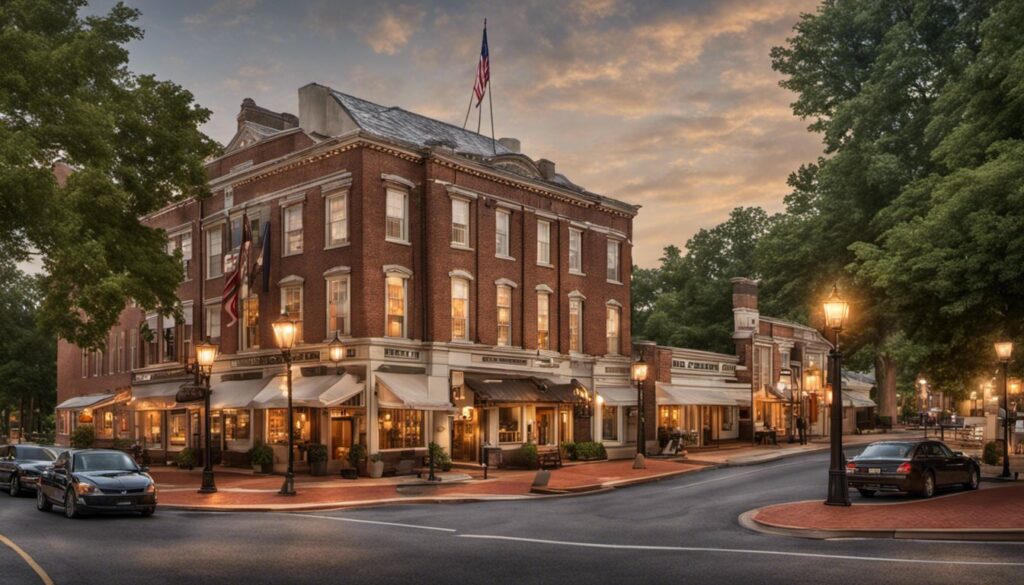Table Of Content
- Explore Minnesota: Historical Sites and Famous Landmarks Await!
- Native American Influence
- Military Landmarks
- Architectural Marvels
- Industrial Heritage
- Parks and Natural Beauty
- Famous Landmarks
- Historical Sites
- Technology and Innovation
- Preserving the Past
- The Gilded Age
- Modern Minnesota
- Conclusion
- Frequently Asked Questions
Explore Minnesota: Historical Sites and Famous Landmarks Await!
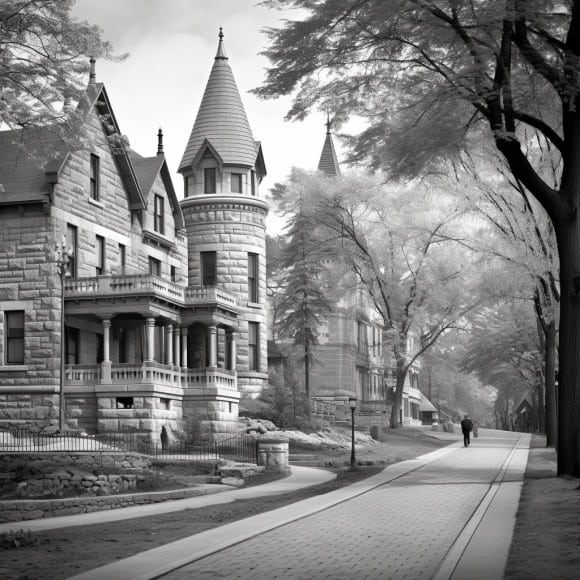
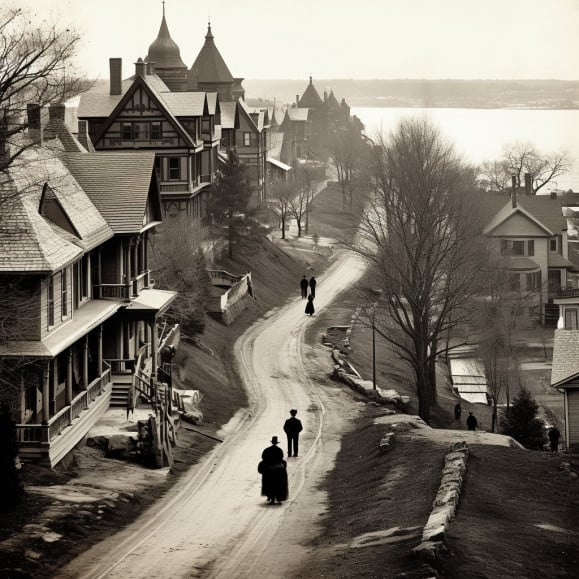
Minnesota is a state that is rich in history and culture. From its Native American influence to the architectural marvels and industrial heritage, the state has a lot to offer to history buffs and travel enthusiasts alike. With its numerous parks and natural beauty, famous landmarks, and historical sites, Minnesota is a must-visit destination for anyone looking to explore the past and present of the state.
One of the most significant aspects of Minnesota’s history is its Native American influence. The state is home to numerous Native American tribes, and their influence can be seen in everything from the state’s place names to its cultural traditions. Military landmarks are another important part of Minnesota’s history, with sites like Fort Snelling and the Minnesota Military Museum showcasing the state’s contributions to various conflicts over the years.
Architectural marvels like the James J. Hill House and the Foshay Tower provide a glimpse into the Gilded Age of Minnesota, while industrial heritage sites like the Soudan Underground Mine and the Mill City Museum showcase the state’s contributions to industry and innovation. With so much to see and explore, it’s no wonder that Minnesota is such a popular destination for history lovers and travelers alike.
Key Takeaways
- Minnesota is a state rich in history and culture, with numerous landmarks and historical sites to explore.
- The state’s Native American influence and military landmarks are significant parts of its history.
- Architectural marvels, industrial heritage sites, and natural beauty make Minnesota a must-visit destination for travelers.
Native American Influence
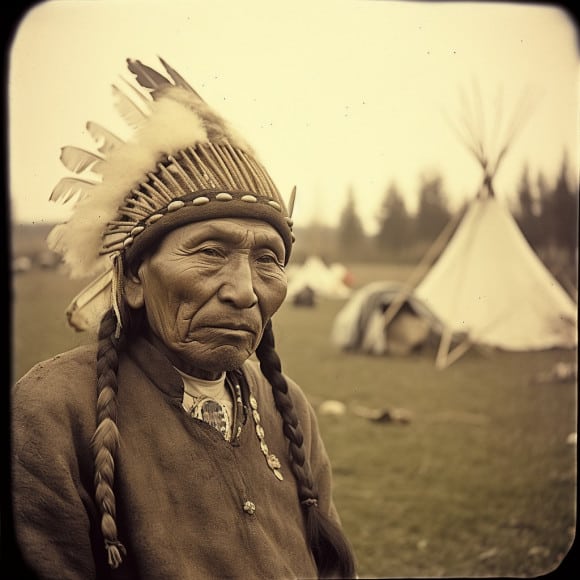

Minnesota has a rich history of Native American culture and heritage. The state is home to several tribes, including the Dakota and Ojibwe, who have called Minnesota their home for thousands of years. You can explore the vast history and influence of Native Americans in Minnesota by visiting various historical sites and landmarks.
One of the most significant landmarks that showcase the Native American influence in Minnesota is the Grand Portage National Monument. This monument is located on the North Shore of Lake Superior and was a vital hub for the fur trade in the late 1700s and early 1800s. The monument features a reconstructed trading post, a historic canoe warehouse, and a traditional Ojibwe village.
Another landmark that highlights the Native American influence is the Pipestone National Monument. This monument is located in southwestern Minnesota and is considered sacred by many Native American tribes. The site is known for its red pipestone, which is used to make ceremonial pipes. Visitors can learn about the history and significance of the pipestone quarries and the Native American traditions associated with them.
The Grand Mound is another site that showcases the Native American influence in Minnesota. This ancient burial site is located in Koochiching County and is believed to have been built by the Laurel people over 2,000 years ago. The Grand Mound is one of the largest burial mounds in North America and is considered a sacred site by many Native American tribes.
Overall, the Native American influence in Minnesota is vast and significant. By visiting these historical sites and landmarks, you can learn about the rich history and culture of the tribes that have called Minnesota their home for thousands of years.
Military Landmarks
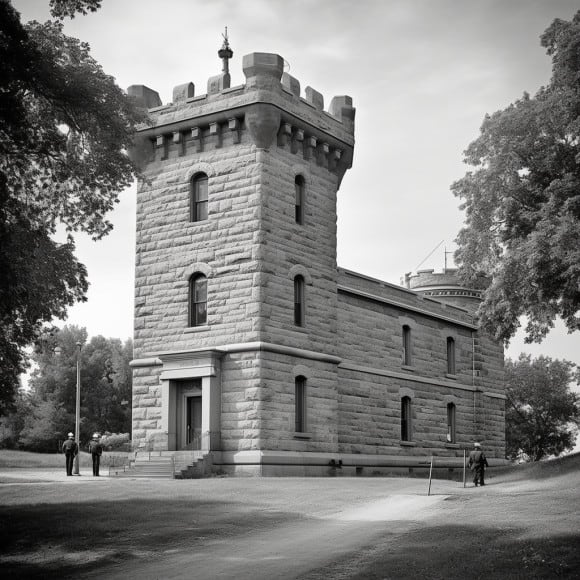
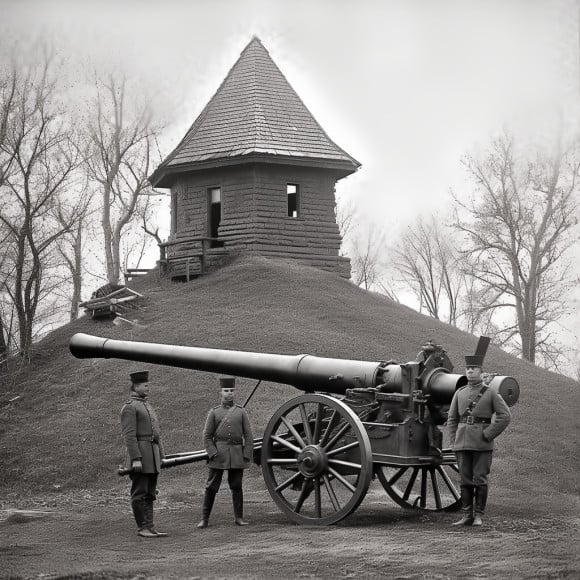
If you are interested in military history, Minnesota has several landmarks that you should visit. One of the most famous military landmarks in Minnesota is the Historic Fort Snelling. This fort was built in the early 1820s and has a rich history. It was originally built to protect American interests in the fur trade, but it later played an important role in the Civil War and both World War I and II. Today, you can visit the fort and learn about its history through guided tours, exhibits, and demonstrations.
Another military landmark in Minnesota is the Fort Snelling State Park. This park is located next to Historic Fort Snelling and is a great place to explore Minnesota’s military history. The park features several hiking trails, picnic areas, and a visitor center that offers exhibits and information about the park’s history.
In addition to these two landmarks, Minnesota is home to several other military sites that are worth visiting. For example, you can visit the Minnesota Military Museum in Little Falls, which features exhibits and artifacts related to Minnesota’s military history. You can also visit the Minnesota Veterans Home in Minneapolis, which provides care and support to veterans and their families.
Overall, if you are interested in military history, Minnesota has plenty of landmarks and sites to explore. Whether you want to learn about the history of Historic Fort Snelling or explore the hiking trails at Fort Snelling State Park, there is something for everyone.
Architectural Marvels
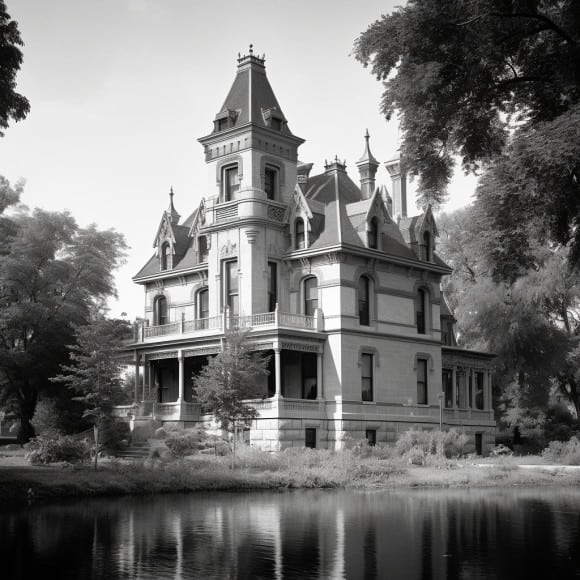
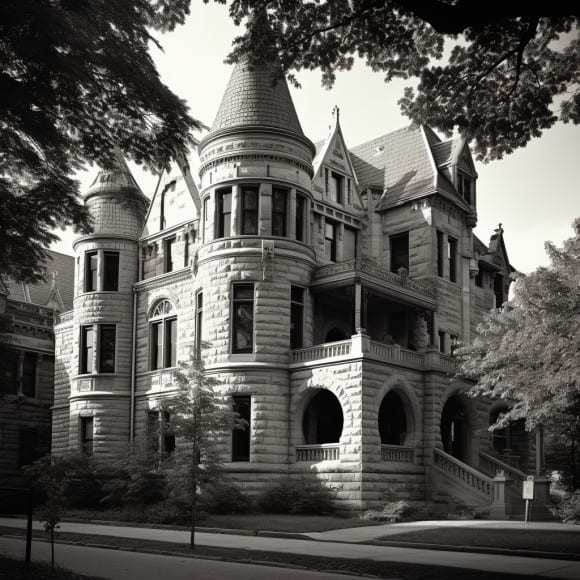
Minnesota is home to some of the most impressive architectural marvels in the country. From historic mansions to modern skyscrapers, the state has it all. Here are some of the most notable architectural marvels that you simply can’t miss.
One of the most famous architectural marvels in Minnesota is the James J. Hill House. This stunning mansion was built in 1891 for railroad magnate James J. Hill and is a prime example of Richardsonian Romanesque architecture. The house features a distinctive red sandstone exterior, a grand staircase, and beautiful stained glass windows.
Another must-visit architectural marvel is the F. Scott Fitzgerald House, the former home of the famous author. This beautiful house was built in 1914 and features a mix of Tudor and Colonial Revival styles. It was here that Fitzgerald wrote some of his most famous works, including “This Side of Paradise” and “The Great Gatsby.”
If you’re a fan of Art Deco architecture, you won’t want to miss the Plummer Building in Rochester. This stunning building was completed in 1928 and is part of the Mayo Clinic. It features a distinctive tower and beautiful details such as terracotta tiles and intricate carvings.
The Minnesota State Capitol is another architectural marvel that you simply can’t miss. This stunning building was completed in 1905 and features a beautiful Beaux-Arts style. It boasts a stunning dome and beautiful murals and sculptures throughout.
When it comes to modern architecture, one of the most impressive buildings in Minnesota is Commerce, a sleek and modern skyscraper in downtown Minneapolis. This stunning building was completed in 1982 and features a unique design that makes it stand out from the rest of the city’s skyline.
Whether you’re a fan of historic mansions or modern skyscrapers, Minnesota has something for everyone when it comes to architectural marvels. Be sure to check out these stunning buildings and experience the beauty and history of the state for yourself.
Industrial Heritage
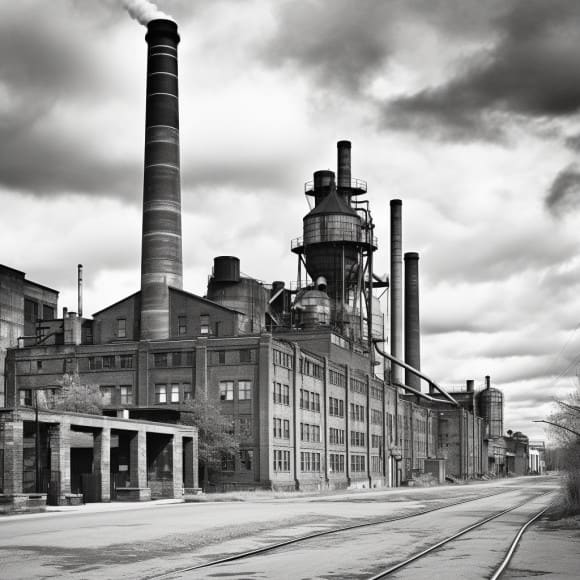
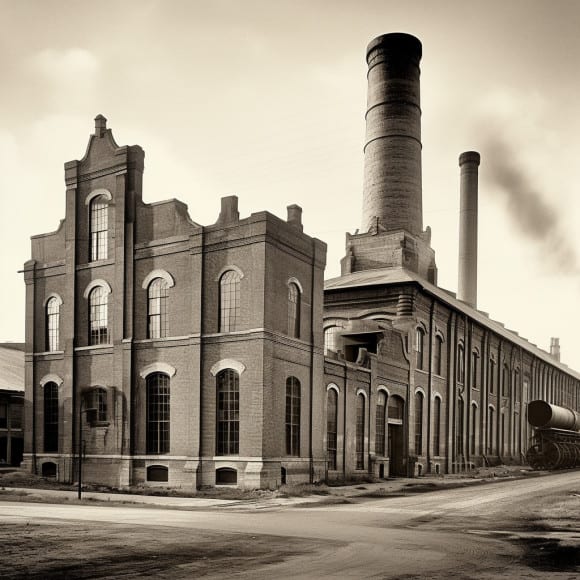
Minnesota has a rich industrial heritage that is evident in the numerous historical landmarks and sites scattered throughout the state. From the Mill City Museum to the Peavey-Haglin Experimental Concrete Grain Elevator, Minnesota’s industrial history is fascinating and exciting to explore.
One of the most iconic landmarks that showcase Minnesota’s industrial heritage is the Mill City Museum. Built inside the ruins of the Washburn “A” Mill, the museum tells the story of the flour milling industry that was once the backbone of the state’s economy. The museum features exhibits that highlight the milling process, the workers, and the impact of the industry on the state’s economy and culture.
In addition to the milling industry, Minnesota was also home to the mining and logging industries. The mining industry was particularly significant in the northern part of the state, where iron ore was abundant. The Soudan Underground Mine State Park is a must-visit site for anyone interested in the history of mining in Minnesota. The park features a tour of the underground mine, where visitors can learn about the working conditions of the miners and the equipment used during the mining process.
The logging industry was also a vital part of Minnesota’s economy, particularly in the late 1800s and early 1900s. The Peavey-Haglin Experimental Concrete Grain Elevator is a testament to the innovation that took place during this time. The elevator was the first of its kind in the world and revolutionized the way grain was stored and transported.
Overall, Minnesota’s industrial heritage is an exciting and essential part of the state’s history. From the milling industry to mining and logging, the state has played a significant role in shaping the industrial landscape of the United States.
Parks and Natural Beauty
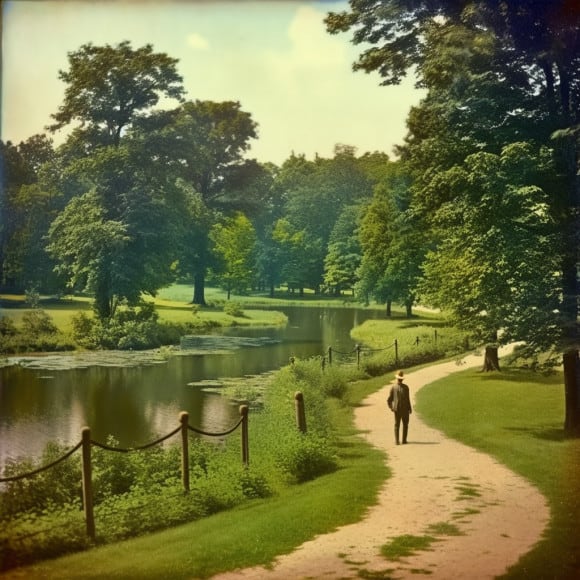
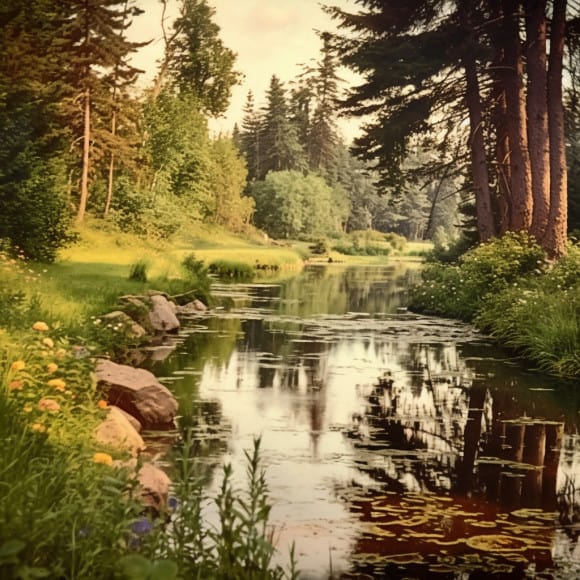
Minnesota is known for its natural beauty, from its many lakes to its state parks and hiking trails. Whether you’re looking for a peaceful retreat or an outdoor adventure, Minnesota has something for everyone.
One of the most popular natural attractions in Minnesota is the Split Rock Lighthouse, located in Duluth. This National Historic Landmark is perched on a cliff overlooking Lake Superior and offers stunning views of the surrounding area. You can take a guided tour of the lighthouse and learn about its history and the role it played in keeping ships safe on the lake.
Another must-see destination is the Minneapolis Sculpture Garden, which features over 40 works of art spread out over 11 acres. This hidden gem is located in the heart of the city and is a great place to take a stroll and enjoy the beautiful surroundings.
If you’re looking for outdoor adventure, the Mississippi National River and Recreation Area is a great place to start. This park spans over 72 miles and offers a variety of activities, including hiking, biking, and fishing. You can also take a scenic boat tour and see the river from a whole new perspective.
For those who love waterfalls, Minnehaha Falls is a must-visit destination. Located in St. Paul, this stunning waterfall is surrounded by beautiful gardens and hiking trails, making it a great place to spend an afternoon.
If you’re looking to get away from it all, Voyageurs National Park is a great place to do just that. This remote park is located in northern Minnesota and offers stunning views of the surrounding wilderness. You can go hiking, fishing, boating, or just relax and take in the natural beauty.
Finally, no trip to Minnesota would be complete without a visit to the Land of 10,000 Lakes. Chippewa National Forest is a great place to start, with over 1,300 lakes and 925,000 acres of pristine wilderness to explore. Whether you’re looking for a peaceful retreat or an outdoor adventure, Minnesota’s parks and natural beauty are sure to leave you feeling refreshed and rejuvenated.
Famous Landmarks
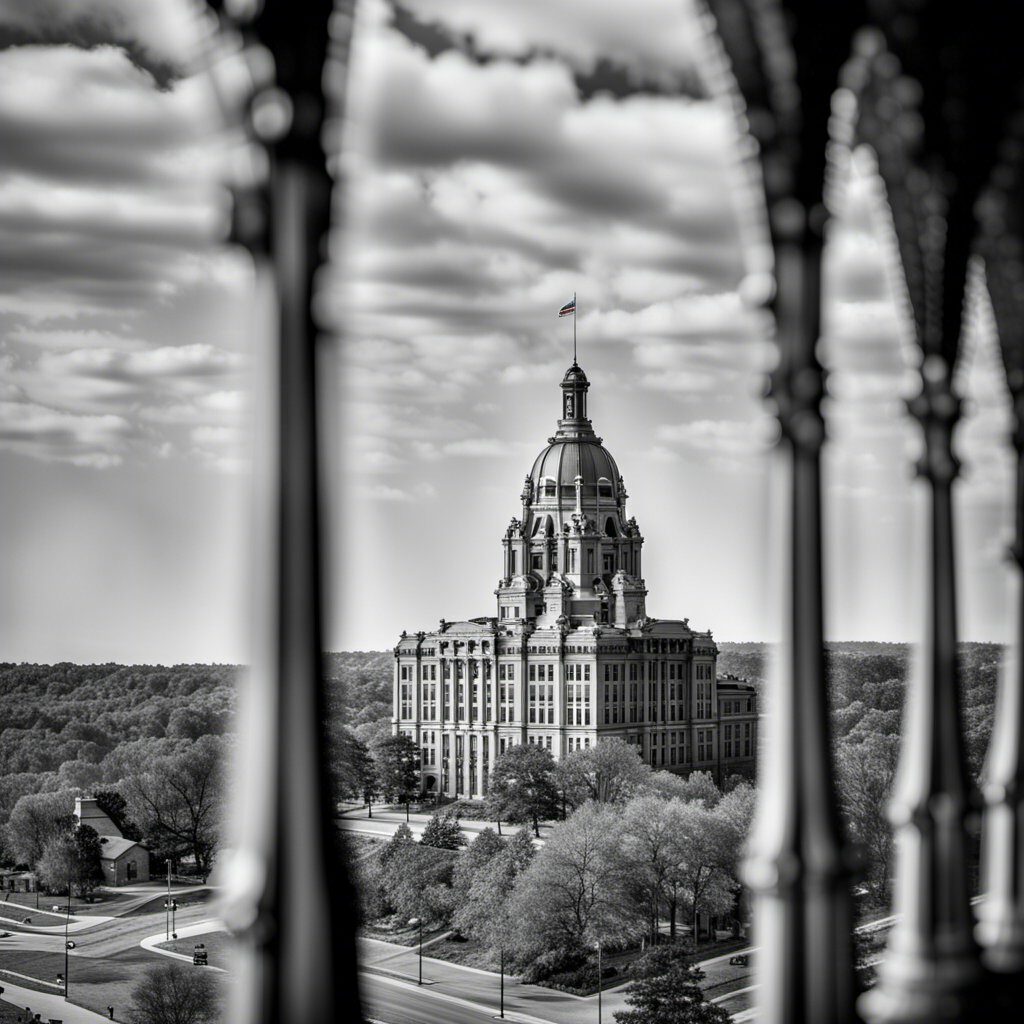
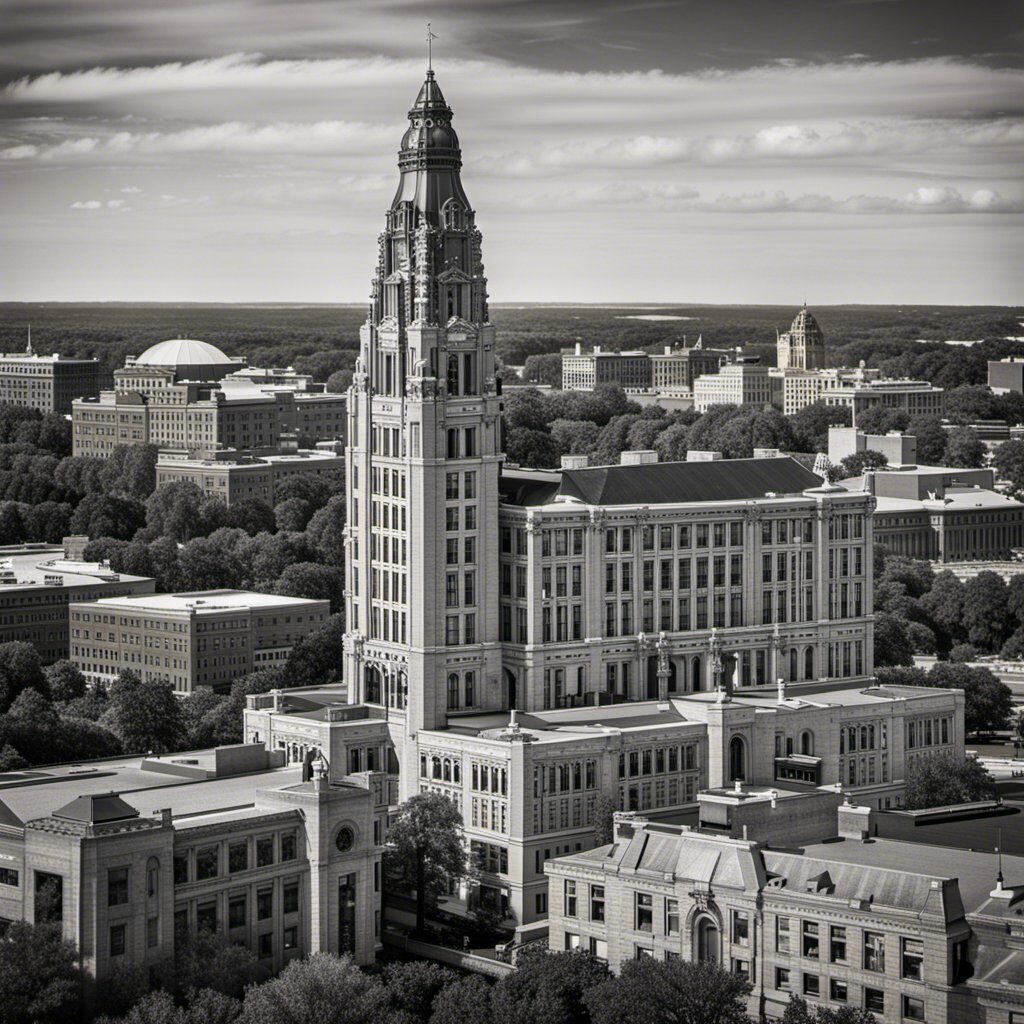
Minnesota is home to a plethora of famous landmarks that are worth visiting. Whether you’re a history buff or just looking for a fun day out, there’s something for everyone. Here are some of the most iconic landmarks you should check out:
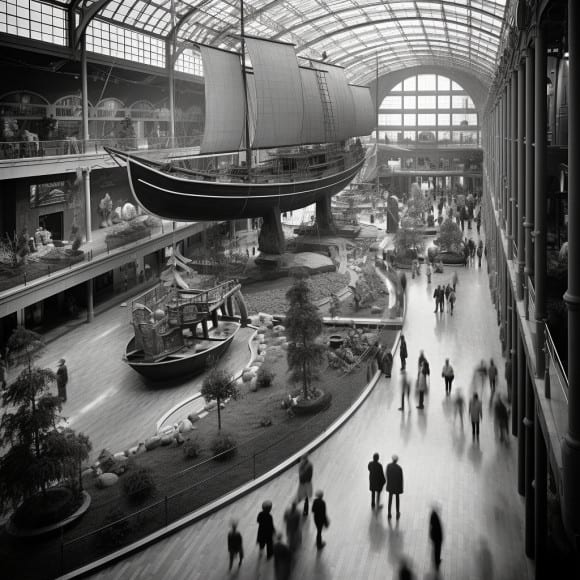
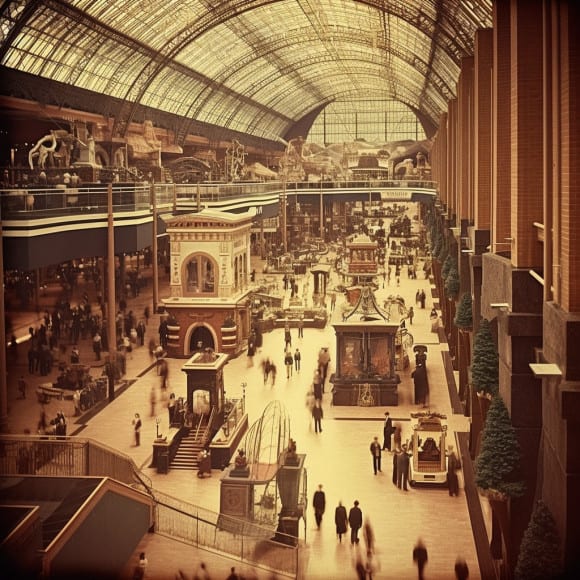
- Mall of America: This massive shopping center is not only a shopper’s paradise but also a popular tourist destination. With over 500 stores, an indoor theme park, and an aquarium, it’s no wonder that it’s one of the most visited tourist attractions in the state.
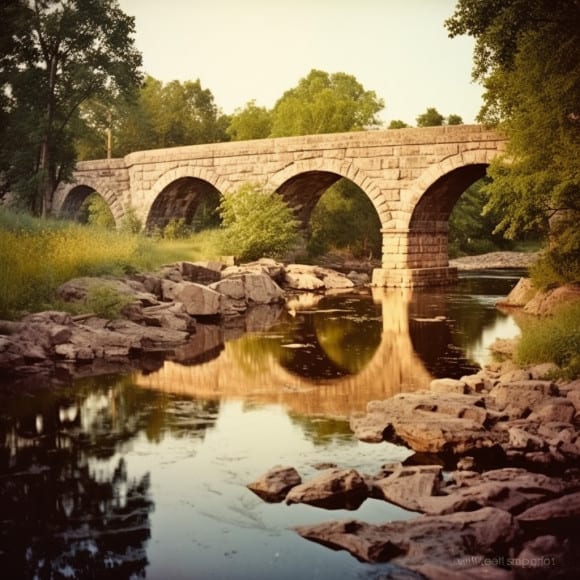
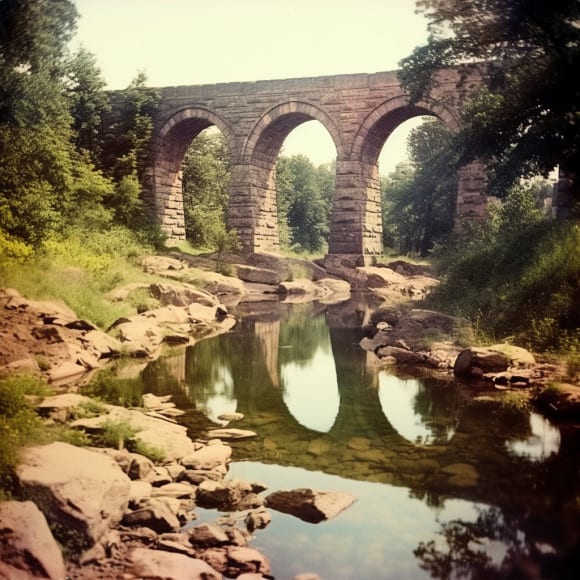
- Stone Arch Bridge: This historic bridge spans the Mississippi River and offers stunning views of the city skyline. It’s a popular spot for photos and a great place to take a leisurely stroll.


- Mary Tyler Moore Statue: Fans of the iconic sitcom “The Mary Tyler Moore Show” will want to check out this statue of Mary Tyler Moore tossing her hat in the air. It’s located in downtown Minneapolis and makes for a great photo opportunity.
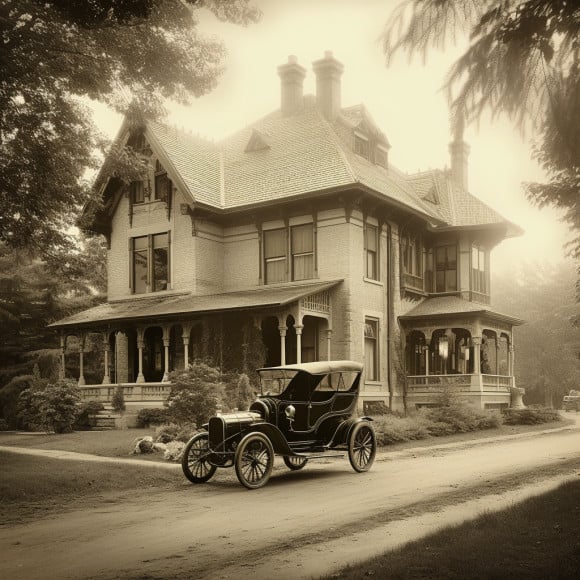
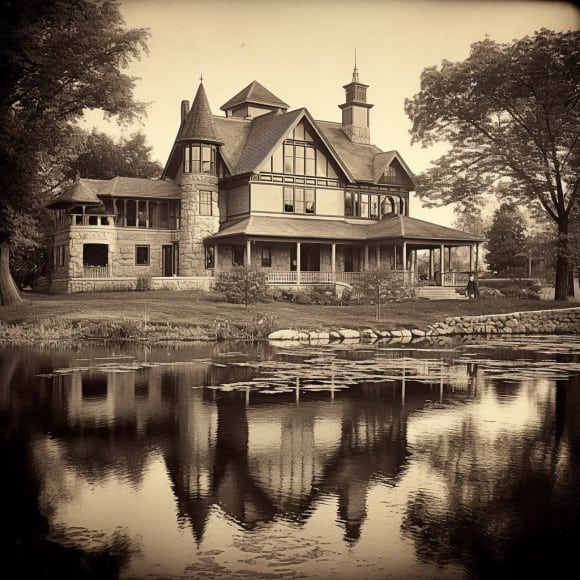
- William A Irvin Museum: This retired ore boat is now a museum that offers visitors a glimpse into the life of sailors on the Great Lakes. It’s a unique attraction that is sure to fascinate visitors of all ages.
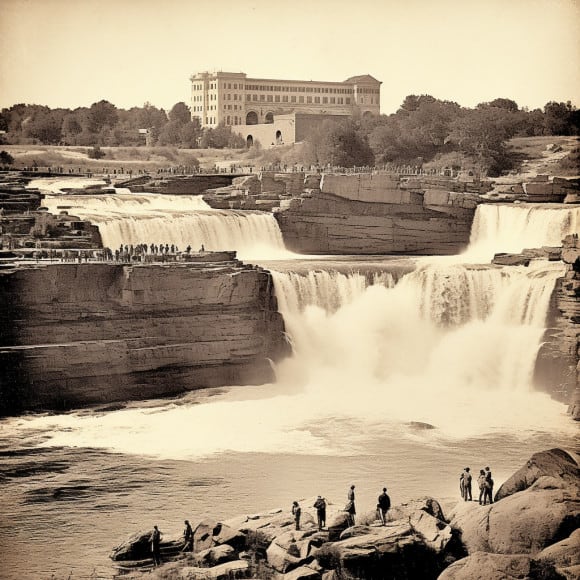
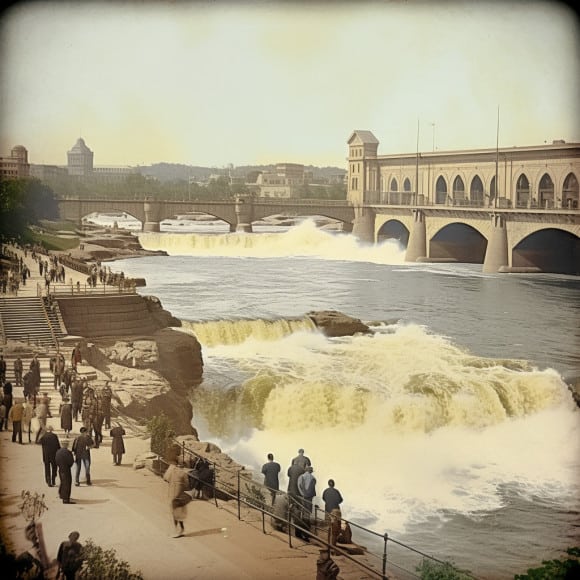
- Saint Anthony Falls: This waterfall is the only one on the Mississippi River and played an important role in the development of Minneapolis. It’s a beautiful sight to see and a great place to take a walk.
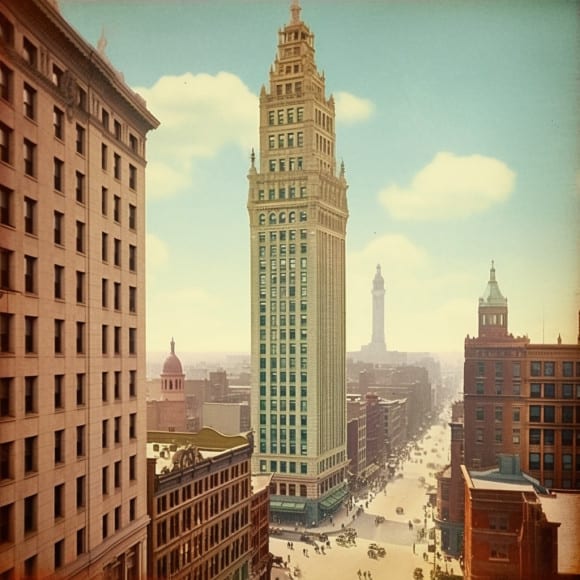
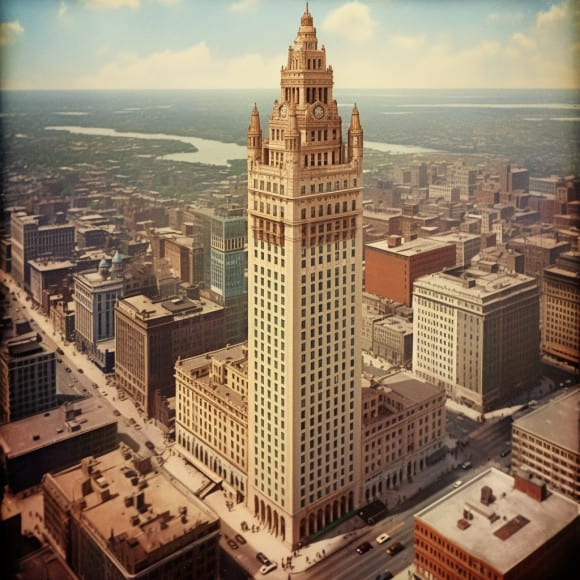
- Foshay Tower: This Art Deco skyscraper was once the tallest building in Minneapolis and is now a hotel. Visitors can take an elevator to the observation deck for stunning views of the city.
These are just a few of the many famous landmarks in Minnesota. Whether you’re interested in history, architecture, or just having fun, there’s something for everyone to enjoy.
Historical Sites
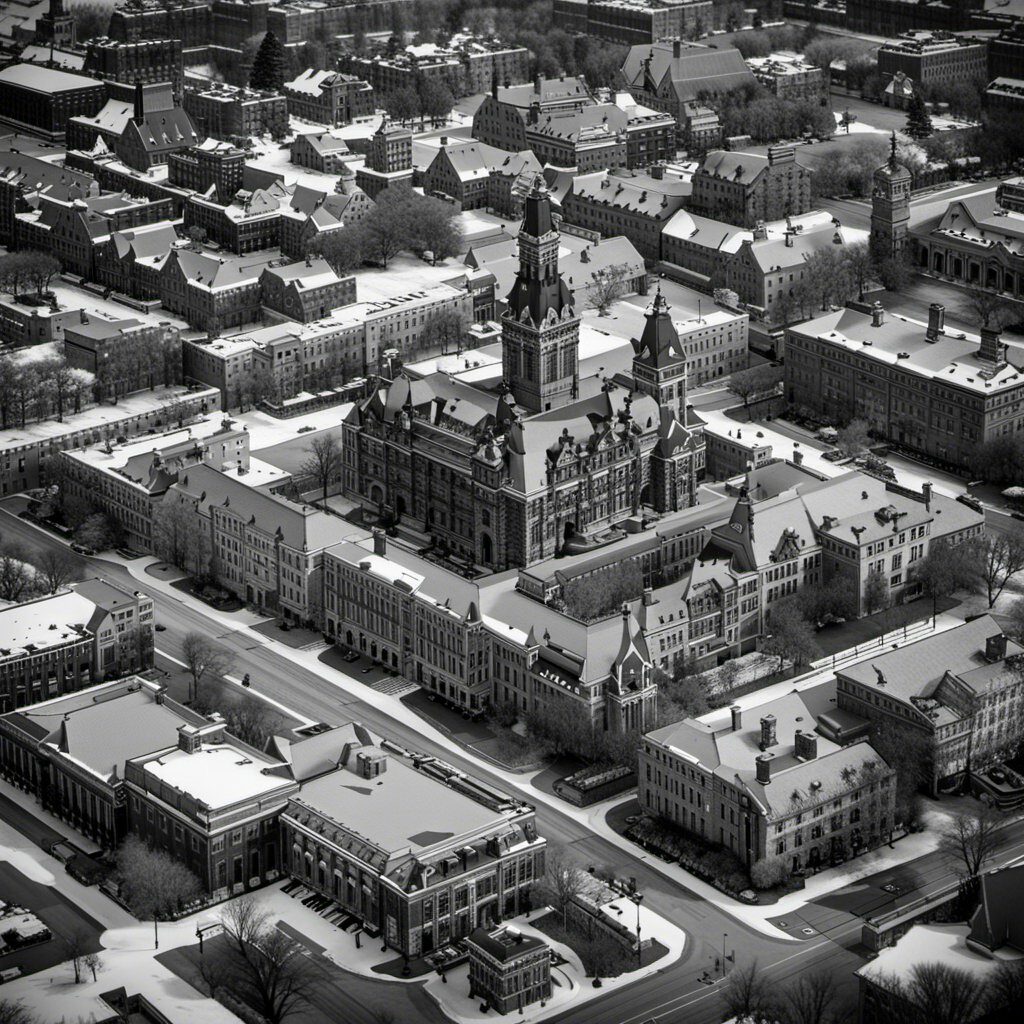
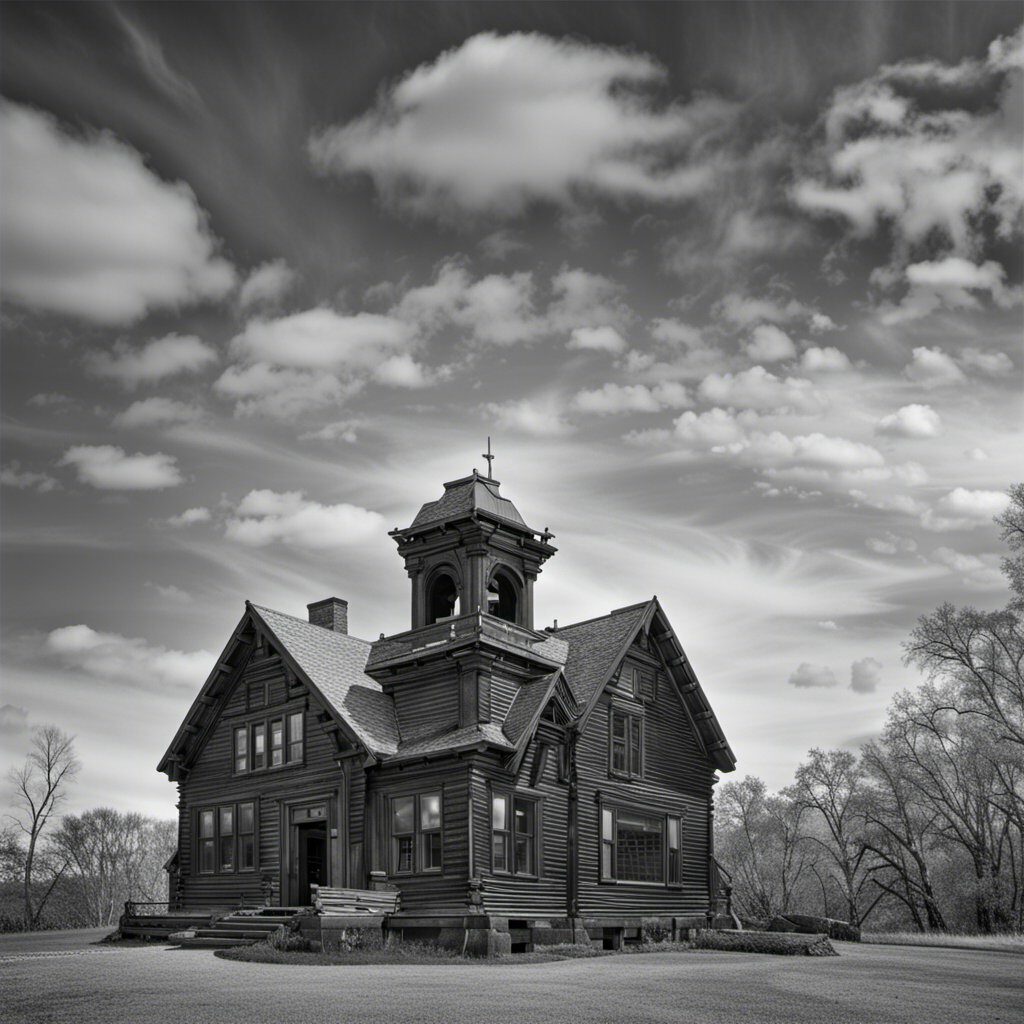
Minnesota is a state that is rich in history, and there are many historical sites that you can visit to learn more about the state’s past. These sites are like time capsules that allow you to step back in time and experience what life was like in Minnesota during a bygone era.
One of the most famous historical sites in Minnesota is the Historic Fort Snelling. This fort was constructed in 1820 and was an important military post during the 19th century. It is located in St. Paul and is a National Historic Landmark. The fort has been restored to its original condition, and you can take a guided tour to learn more about its history.
Another must-visit historical site in Minnesota is the James J. Hill House. This mansion was built in the late 1800s and was the home of railroad magnate James J. Hill. The house is located in St. Paul and is now a museum that is open to the public. You can take a guided tour of the house and learn more about the life of this influential businessman.
If you’re interested in Minnesota’s industrial history, you should visit the Soudan Underground Mine State Park. This park is home to one of the oldest and deepest iron mines in the state. You can take a tour of the mine and learn more about the mining process and the lives of the miners who worked there.
Other historical sites in Minnesota include the Split Rock Lighthouse, the Historic Forestville, and the Pipestone National Monument. Each of these sites offers a unique glimpse into Minnesota’s past and is well worth a visit.
Whether you’re a history buff or just looking for an interesting way to spend a day, Minnesota’s historical sites are sure to fascinate and excite you. So pack your bags, grab your camera, and get ready to step back in time as you explore the rich heritage of this beautiful state.
Technology and Innovation
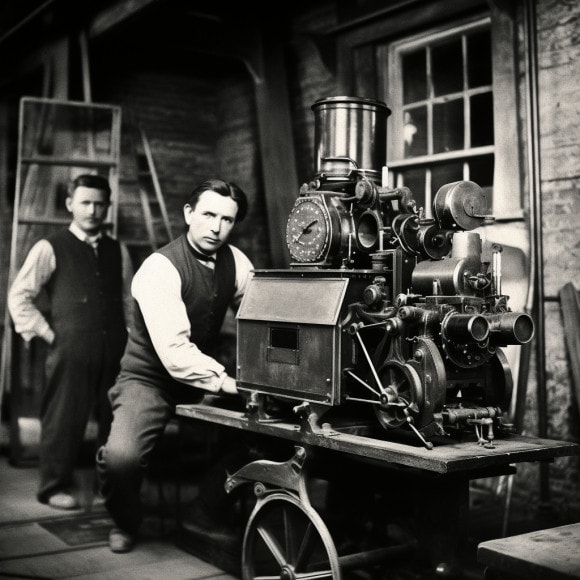
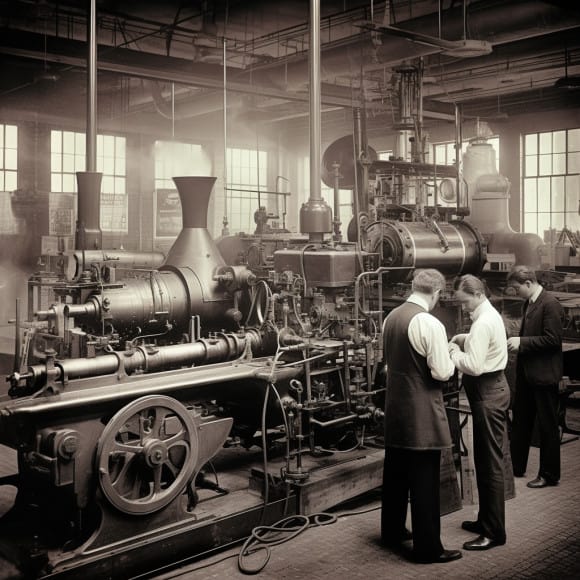
Minnesota has a long history of technological innovation that has impacted the world. From medical devices to computer software, Minnesota has been a hub of innovation and creativity. Here are some of the most notable technological innovations to come out of Minnesota:
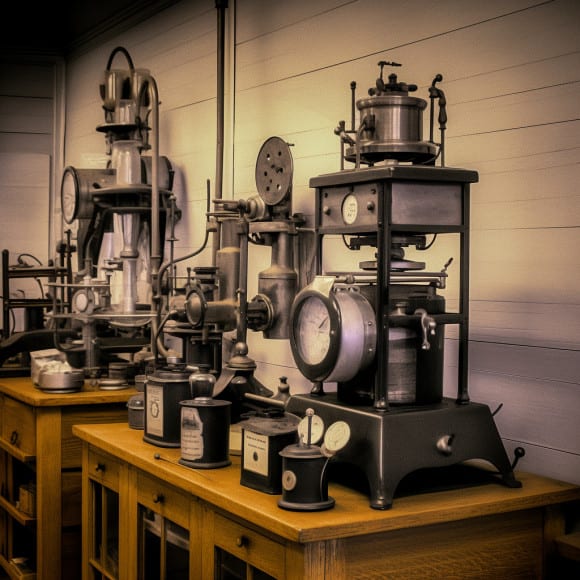
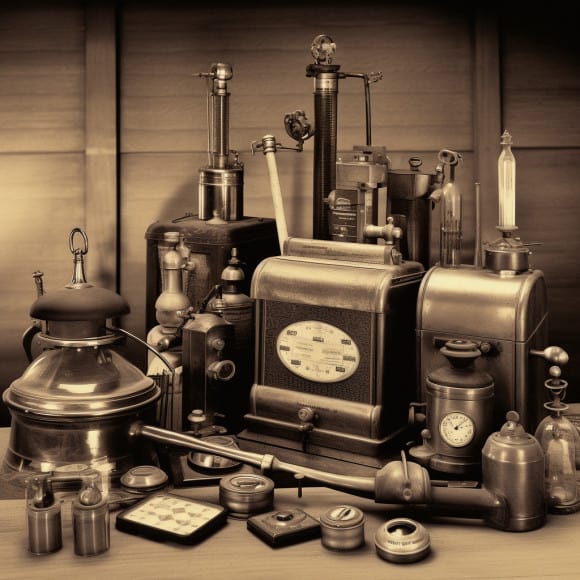
- Medical Devices: Minnesota is home to the largest medical device cluster in the world, with over 700 companies. Some of the most notable medical devices developed in Minnesota include the pacemaker, the first implantable cardiac defibrillator, and the first artificial heart valve.
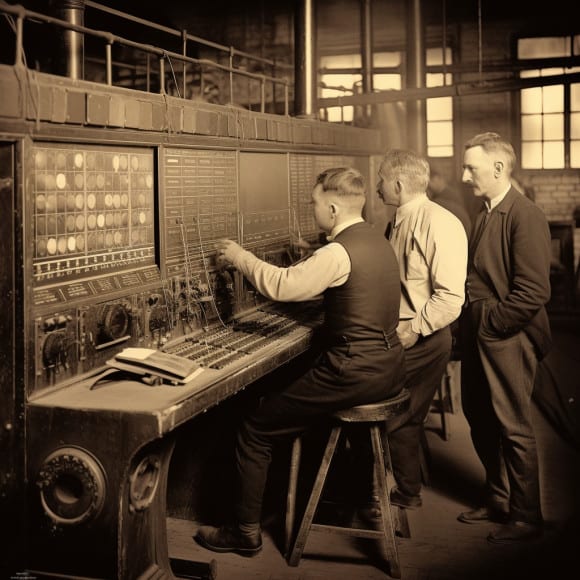
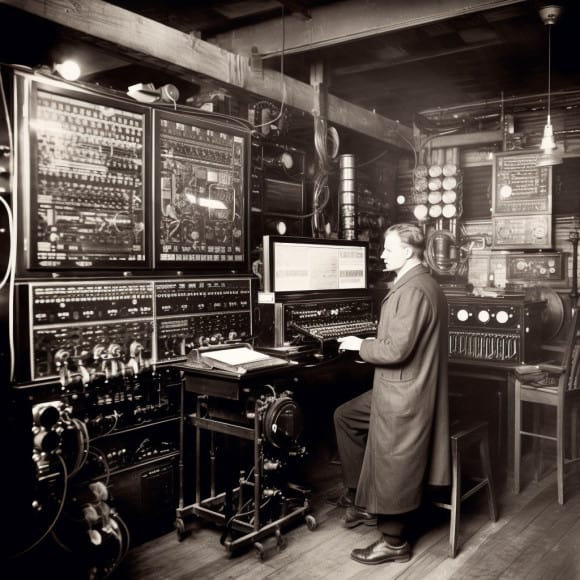
- Computer Software: Minnesota is also home to a thriving software industry, with companies such as Microsoft, IBM, and Oracle all having a presence in the state. The state is also home to a number of startups, such as Code42 and When I Work, that are pushing the boundaries of what is possible with computer software.
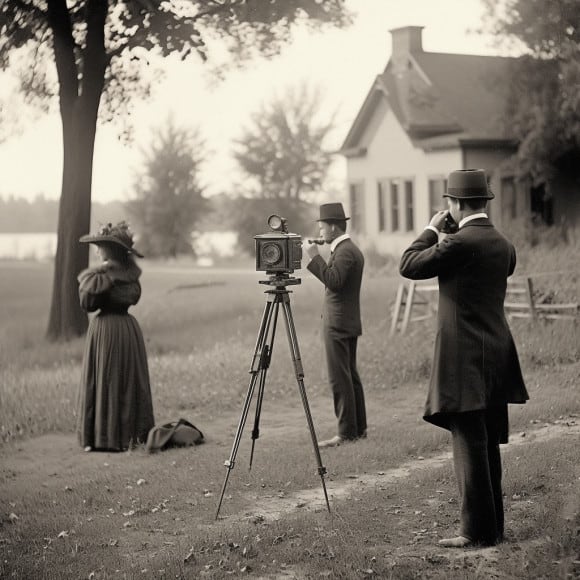
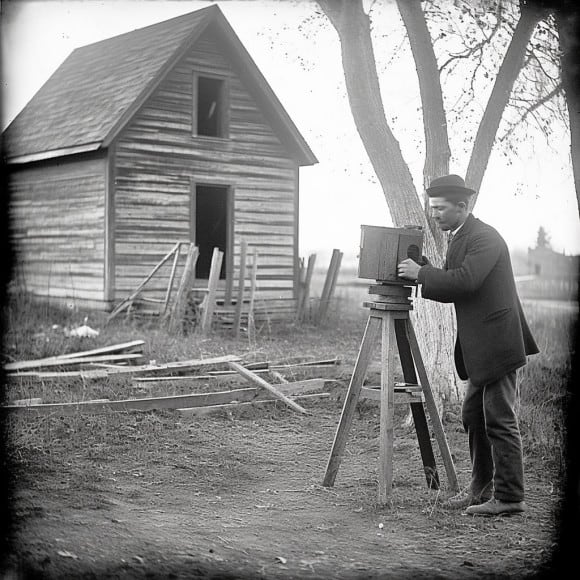
- AI-Crafted Images: Minnesota is also home to a number of companies that are using artificial intelligence to create stunning images. Companies such as Canva and Adobe are using AI to help users create beautiful designs and graphics, while startups like SmartPicture Technologies are using AI to create hyper-realistic images of products for e-commerce websites.
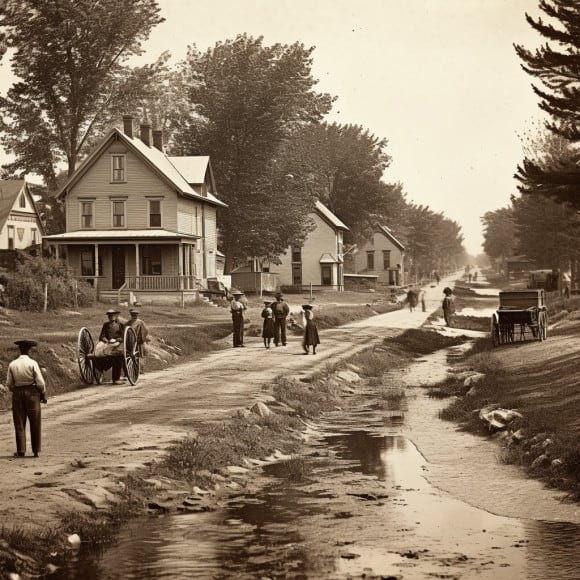
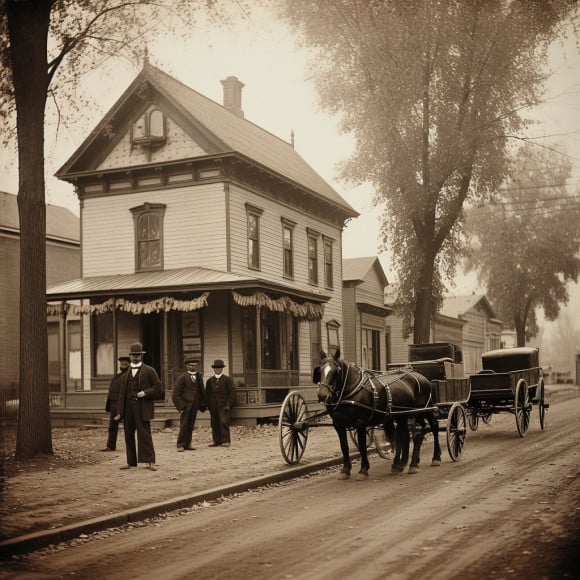
- Listicle: Minnesota has a rich history of innovation and creativity, with many of the world’s most important technological advancements originating in the state. Whether it’s medical devices, computer software, or AI-crafted images, Minnesota continues to be a hub of innovation and creativity that is shaping the future of the world.
Preserving the Past
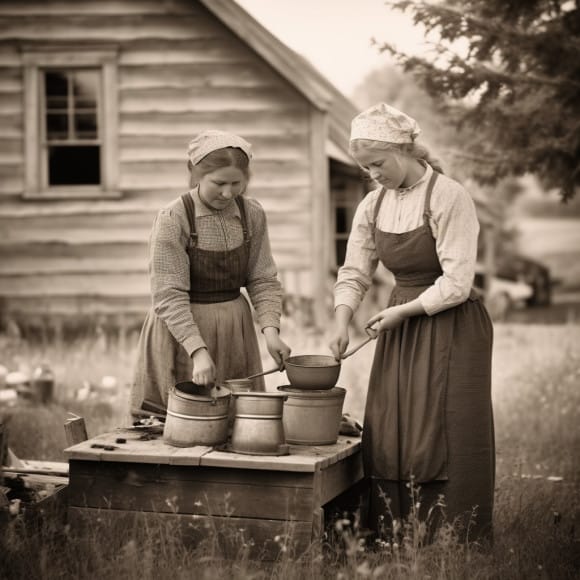
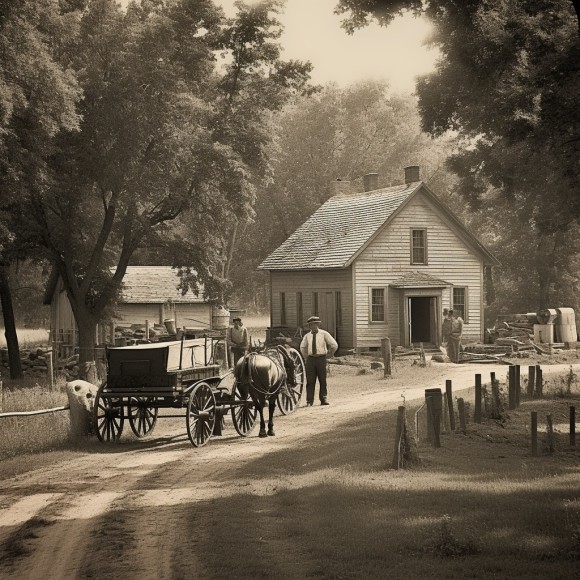
Minnesota is a state steeped in history, from the early days of the pioneers to the Civilian Conservation Corps, and beyond. The Minnesota Historical Society has done an incredible job of preserving the annals of time, ensuring that the state’s rich heritage is not lost to the passage of time.
The Minnesota Historical Society has been a driving force in preserving the state’s history for over 170 years. The society has been instrumental in preserving some of Minnesota’s most significant landmarks, such as the Rabideau CCC Camp. This camp was one of the many built by the Civilian Conservation Corps during the Great Depression and was used to house and train young men who were put to work building roads, trails, and other infrastructure across the state.
Thanks to the hard work of the Minnesota Historical Society, the Rabideau CCC Camp has been preserved for future generations to appreciate. The camp is now a National Historic Landmark and a testament to the hard work and dedication of the young men who built it.
Preserving the past is not just about appreciating the architecture and artifacts of times gone by. It is also about understanding and appreciating the people who lived during those times. The Minnesota Historical Society has done an excellent job of preserving the stories and experiences of the pioneers who helped build this great state. Through exhibits, programs, and educational resources, the society has helped to ensure that the contributions of these early settlers are never forgotten.
In conclusion, the Minnesota Historical Society has played a vital role in preserving the rich history of this great state. From the CCC camps to the pioneers who helped build it, the society has ensured that the annals of time are not lost to the passage of time. By appreciating and understanding the past, we can better appreciate and understand the present and the future.
The Gilded Age
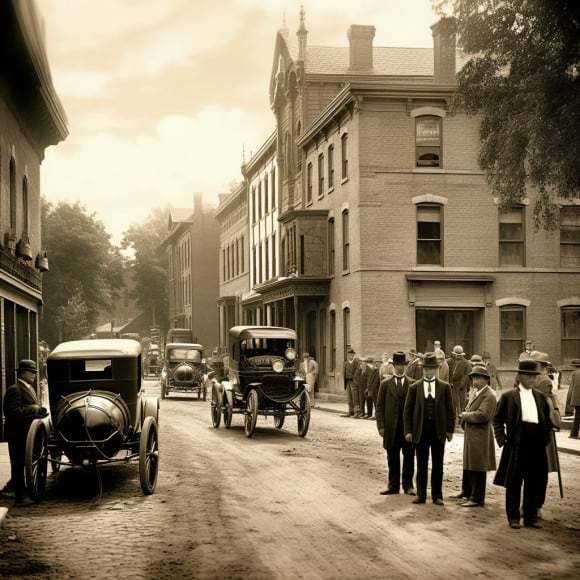
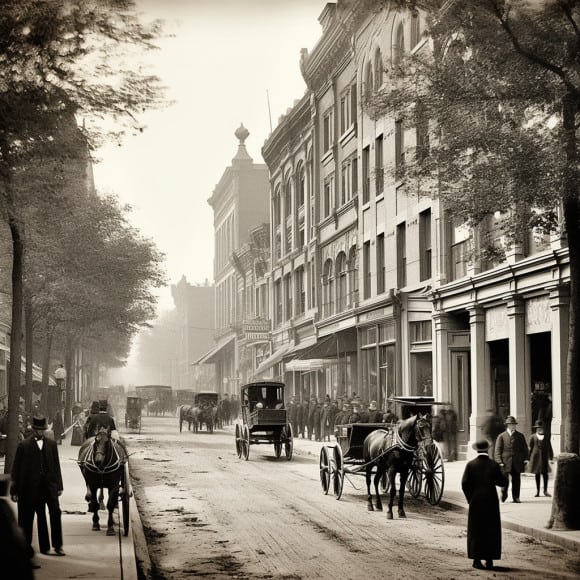
You step back in time to the Gilded Age when you visit some of Minnesota’s historic sites. This era, spanning from the late 19th century to the early 20th century, was a time of great wealth, industrialization, and expansion. The Gilded Age was characterized by Victorian elegance, when opulence and grandeur were the norm.
One of the most prominent Gilded Age landmarks in Minnesota is the James J. Hill House, located in St. Paul. Built between 1891 and 1892 for James J. Hill, a prominent businessman and railroad executive, this mansion is a testament to the wealth and power of the era. The 36,000-square-foot house was once the largest private residence in the state and features 13 bathrooms, 22 fireplaces, and a two-story art gallery.
As you stroll through the cobblestone streets of Stillwater, you’ll feel like you’ve stepped back in time. This charming town, located on the banks of the St. Croix River, was a hub of activity during the Gilded Age. Many of the historic buildings in Stillwater have been preserved, including the Lowell Inn, which was built in 1927 and still retains its original charm.
Another must-see Gilded Age attraction is the Glensheen Mansion in Duluth. This 39-room mansion was built in 1908 for the Congdon family, one of the wealthiest families in Minnesota at the time. The mansion is situated on 12 acres of land and features stunning views of Lake Superior. The mansion is open for tours, and you can explore the formal gardens, carriage house, and boathouse.
Yesteryears come to life at the Historic Forestville in Fillmore County. This living history museum takes you back to the 1890s, where you can experience life as it was in a small Minnesota town during the Gilded Age. You can explore the general store, blacksmith shop, and the historic homes of the townspeople.
Minnesota is home to many other historical sites and landmarks that offer a glimpse into the Gilded Age. Whether you’re interested in Victorian elegance or yesteryears, there’s something for everyone to explore.
Modern Minnesota
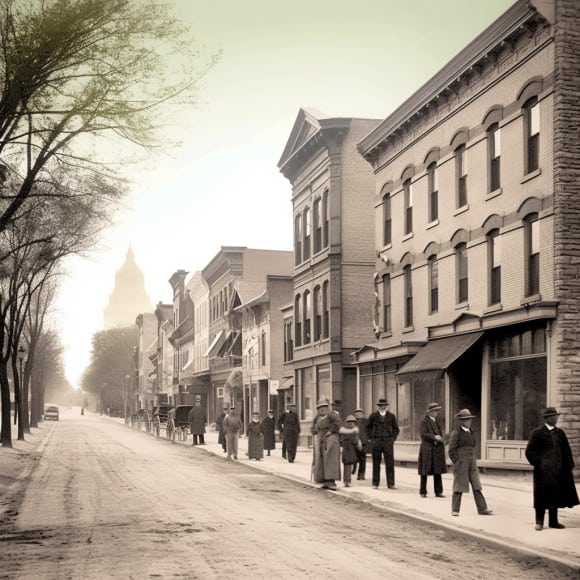
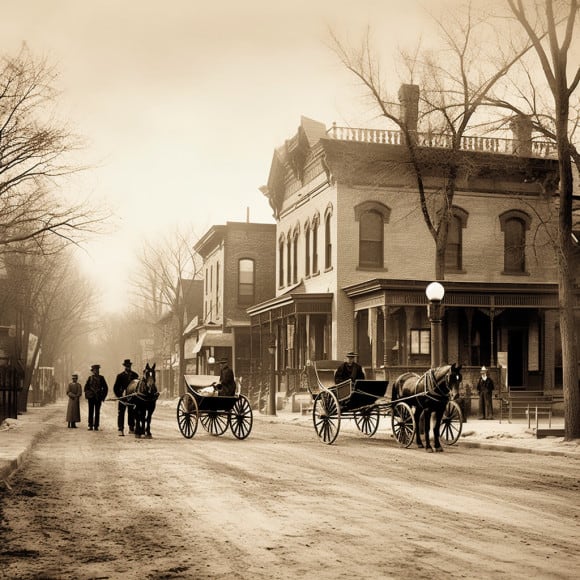
You’ll find that Minnesota is a state that’s always on the move, with plenty of modern attractions and landmarks to explore. From bustling cities to thriving businesses, here’s a glimpse of what modern Minnesota has to offer:
Cities
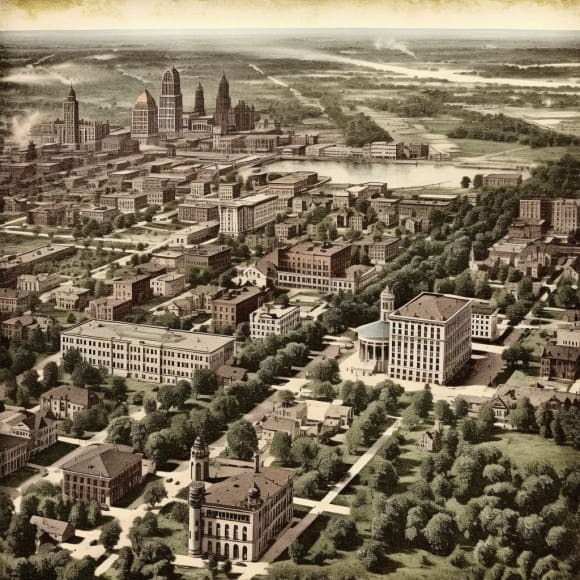
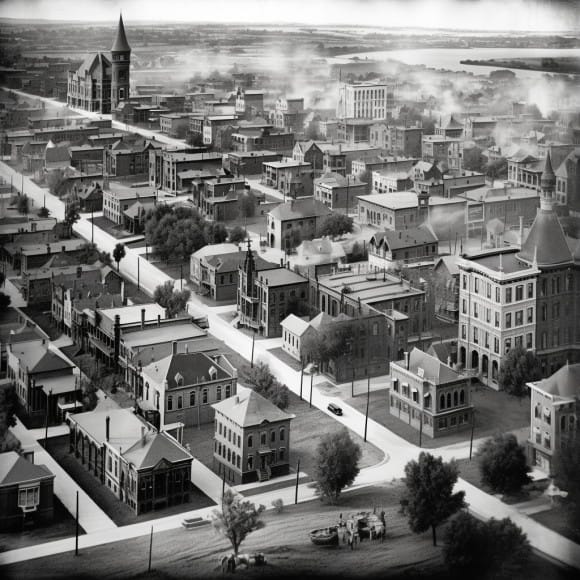
St. Paul and Minneapolis are the two largest cities in Minnesota, and they’re both vibrant and exciting places to visit. In St. Paul, you can check out the Science Museum of Minnesota or the Minnesota State Capitol. Minneapolis is home to the famous Mall of America, the largest mall in the United States, as well as the Walker Art Center and the Minneapolis Institute of Art.
Rochester and the Mayo Clinic
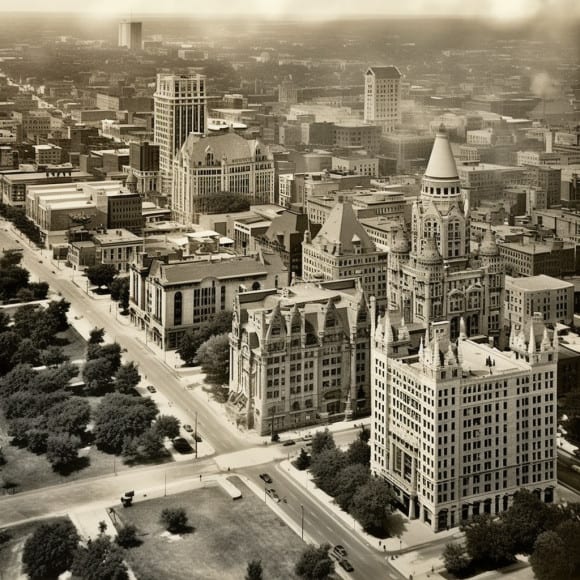
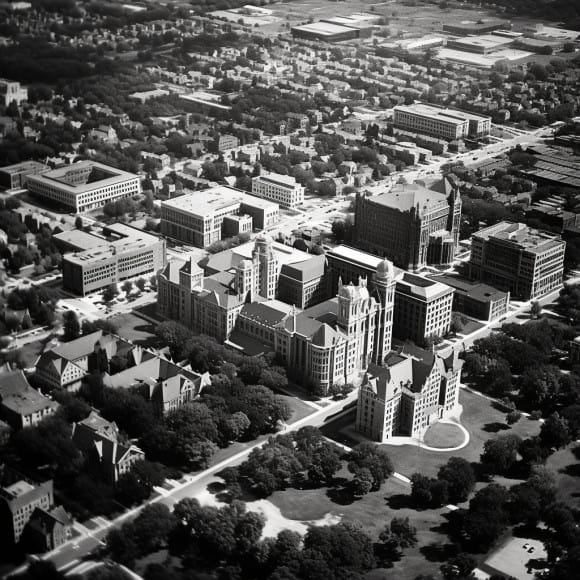
Rochester is a city in southeastern Minnesota that’s home to the world-renowned Mayo Clinic. This medical center is one of the largest and most respected in the world, and it’s a major draw for visitors to the area. If you’re interested in healthcare, you can take a tour of the Mayo Clinic and learn more about its history and innovative treatments.
Commerce
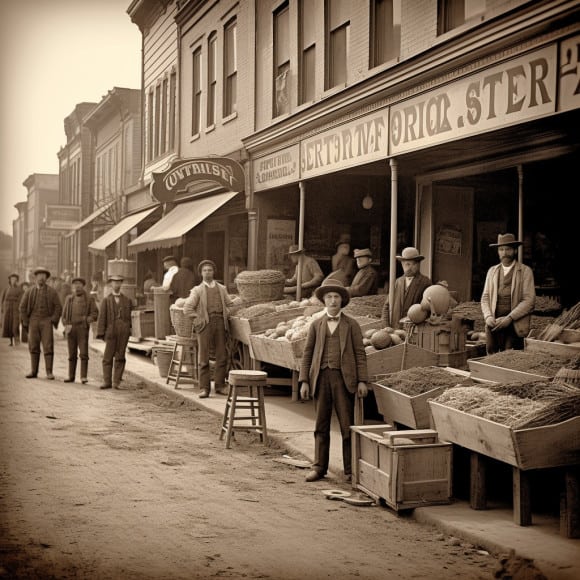
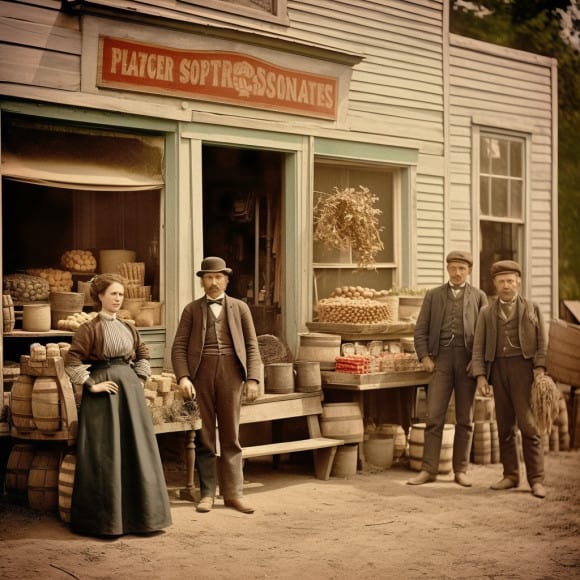
Minnesota is also home to a thriving business community, with many companies headquartered in the state. One of the largest is Target, a retail giant with stores all over the country. Other major companies based in Minnesota include Best Buy, General Mills, and 3M.
Locomotives


Minnesota has a rich history in transportation, particularly in the railroad industry. The state is home to several museums and attractions that celebrate this history, including the Lake Superior Railroad Museum in Duluth and the Jackson Street Roundhouse in St. Paul. You can also take a ride on a historic train, such as the Osceola and St. Croix Valley Railway or the North Shore Scenic Railroad.
Overall, modern Minnesota is a diverse and exciting place to explore, with plenty of attractions and landmarks to discover. Whether you’re interested in history, healthcare, or business, you’ll find something to pique your interest in this dynamic state.
Conclusion
Minnesota is a state full of history, natural beauty, and interesting landmarks. From the famous lakes to the mighty Mississippi River, there is something for everyone to enjoy. Whether you are a history buff or a nature lover, Minnesota has it all.
When it comes to landmarks, Minnesota has plenty to offer. From the iconic Mall of America to the historic James J. Hill House, there is no shortage of places to visit. The state is home to 25 National Historic Landmarks, each one telling a unique story of the state’s heritage and culture.
In addition to its landmarks, Minnesota is also home to some of the most beautiful lakes in the country. With over 10,000 lakes, you are sure to find a spot to relax and enjoy the scenery. The state’s largest city, Minneapolis, is located on the banks of the Mississippi River and offers plenty of opportunities to explore the river and its history.
If you are looking for a more rugged adventure, head to Lake Superior. The largest of the Great Lakes, Lake Superior is a natural wonder that offers hiking, camping, and plenty of opportunities to explore the outdoors.
Overall, Minnesota is a state that has something for everyone. Whether you are looking to explore its history, enjoy its natural beauty, or simply relax and unwind, you are sure to find it here. So pack your bags and head to Minnesota – you won’t be disappointed!
Frequently Asked Questions
What is the history behind the Landmark Center in Minnesota?
The Landmark Center is a historic building located in downtown St. Paul. It was originally built in 1902 as the United States Post Office, and later served as a courthouse. Today, it is a cultural center that hosts concerts, art exhibits, and other events. The building is listed on the National Register of Historic Places.
What makes Split Rock Lighthouse a popular tourist destination?
Split Rock Lighthouse is located on the North Shore of Lake Superior and is one of the most photographed and visited landmarks in Minnesota. The lighthouse was built in 1910 to help guide ships through the dangerous waters of Lake Superior. Today, visitors can tour the lighthouse and learn about its history and the lives of the lighthouse keepers.
What are the natural landmarks that can be found in Minnesota?
Minnesota is known for its natural beauty, and there are many natural landmarks to explore. Some of the most popular include the Boundary Waters Canoe Area Wilderness, the North Shore of Lake Superior, and the Minnesota River Valley.
Who are some of the famous people from Minnesota?
Minnesota has been home to many famous people, including musician Prince, author F. Scott Fitzgerald, and former Vice President Walter Mondale. Other notable Minnesotans include musician Bob Dylan, actress Jessica Lange, and astronaut Karen Nyberg.
What are some lesser-known historical sites in Minnesota?
While Minnesota has many well-known historical sites, there are also some lesser-known sites that are worth exploring. These include the Charles A. Lindbergh Historic Site in Little Falls, the Forest History Center in Grand Rapids, and the Jeffers Petroglyphs in Comfrey.
What are the top three must-see landmarks in Minnesota?
Choosing just three must-see landmarks in Minnesota is difficult, but some of the most popular include the Mall of America in Bloomington, the Minnesota State Capitol in St. Paul, and the iconic Spoonbridge and Cherry sculpture at the Walker Art Center in Minneapolis.

